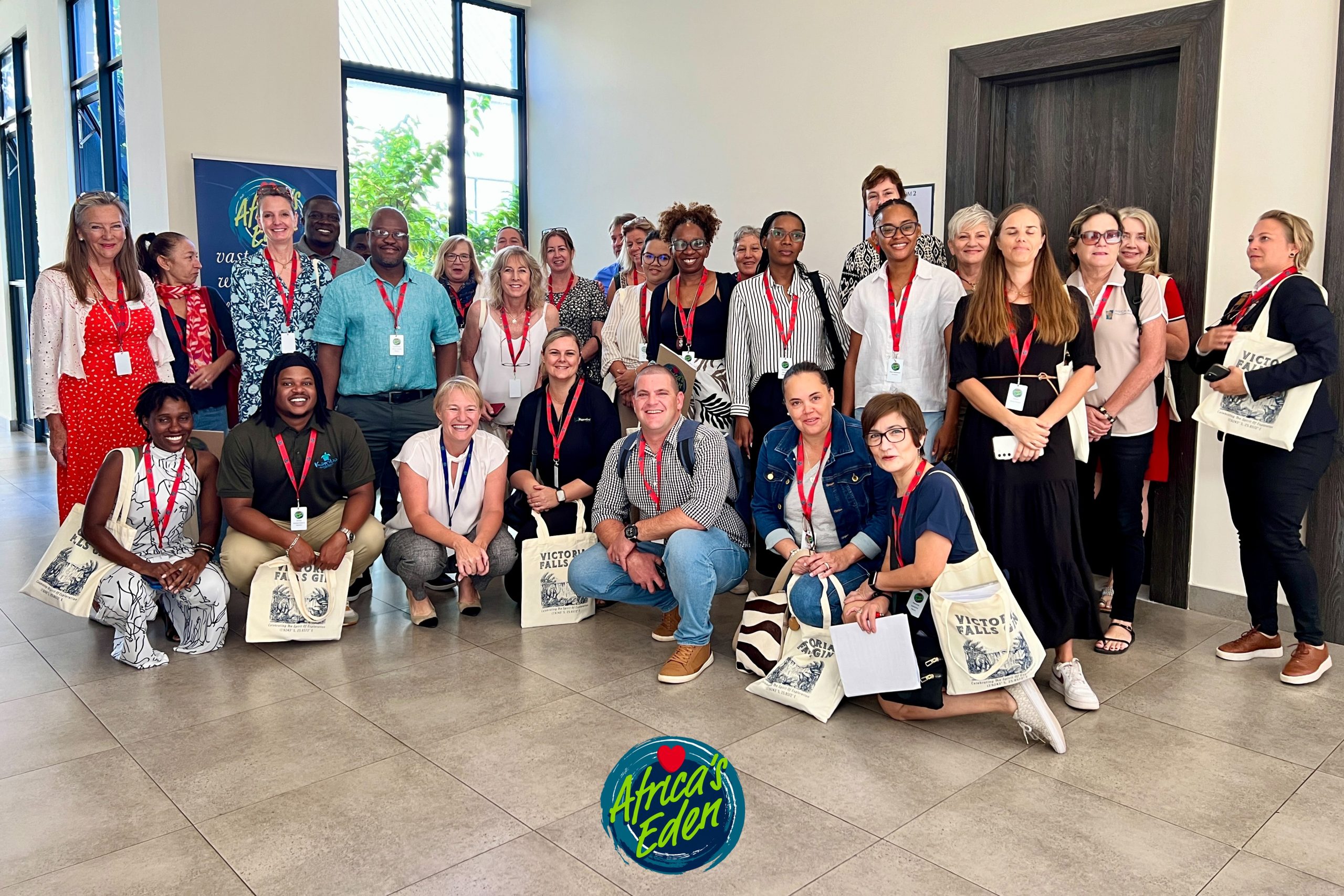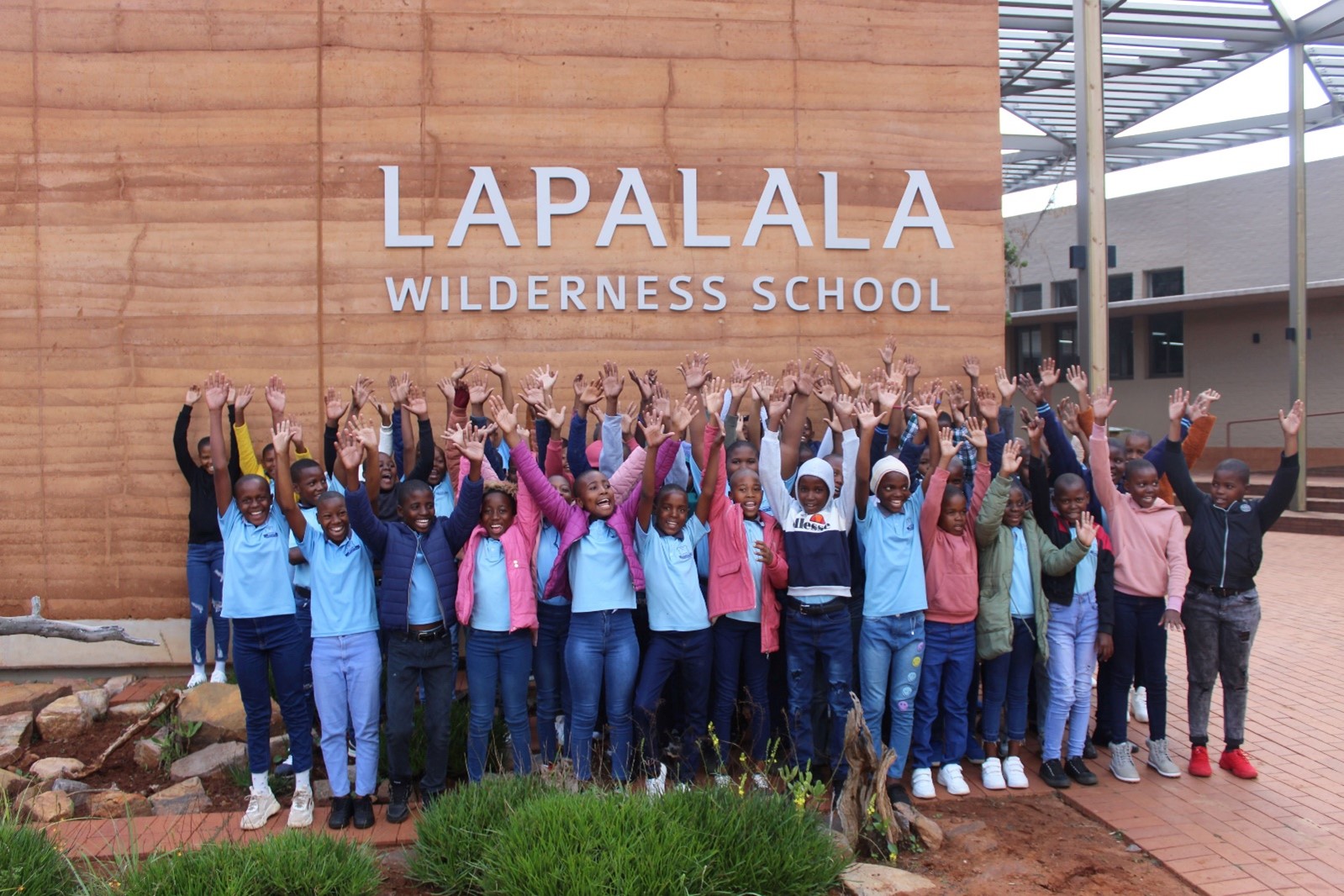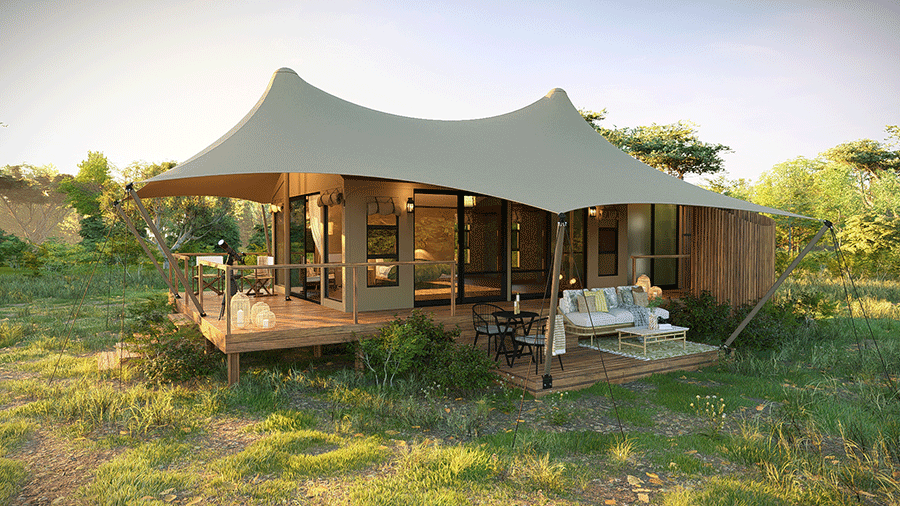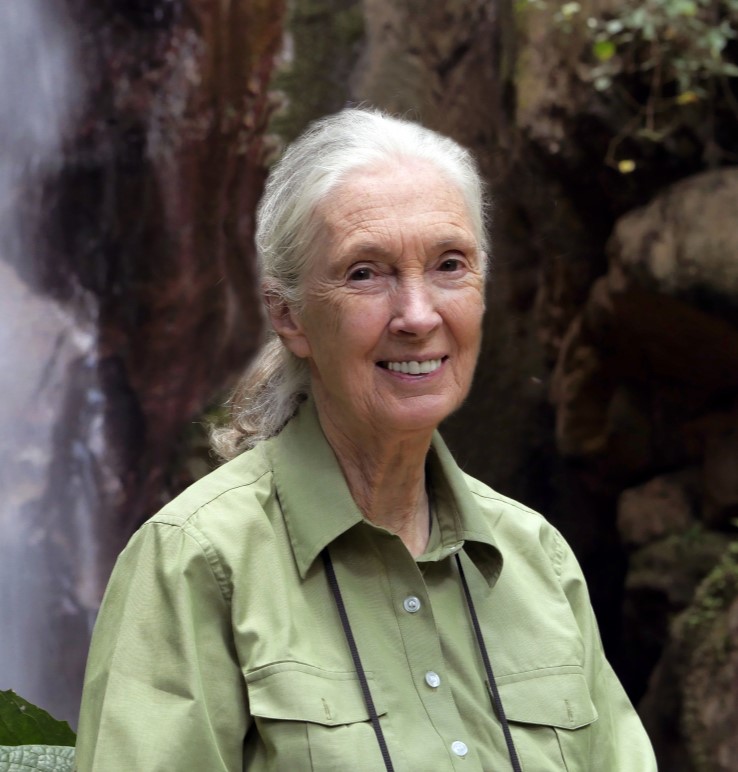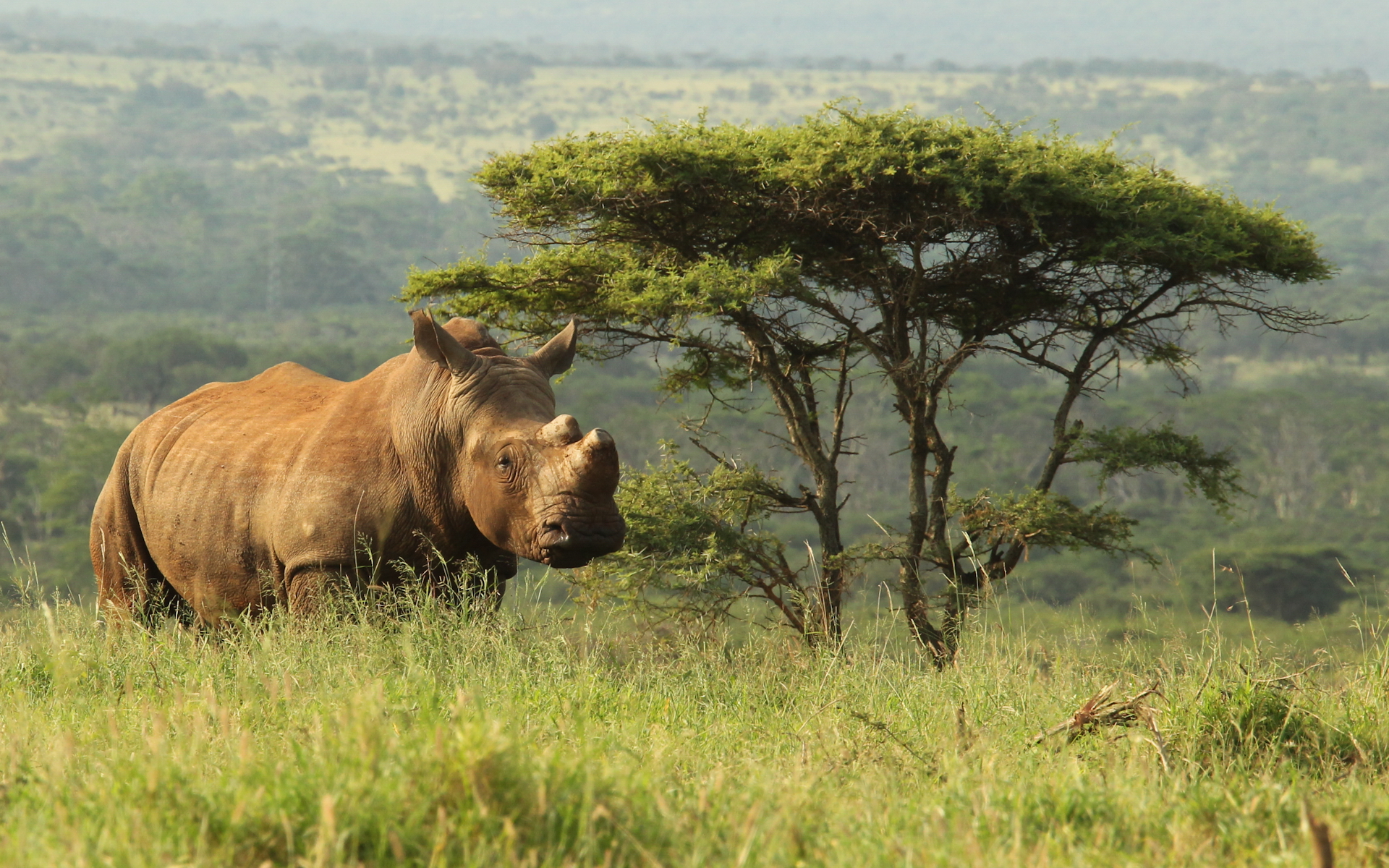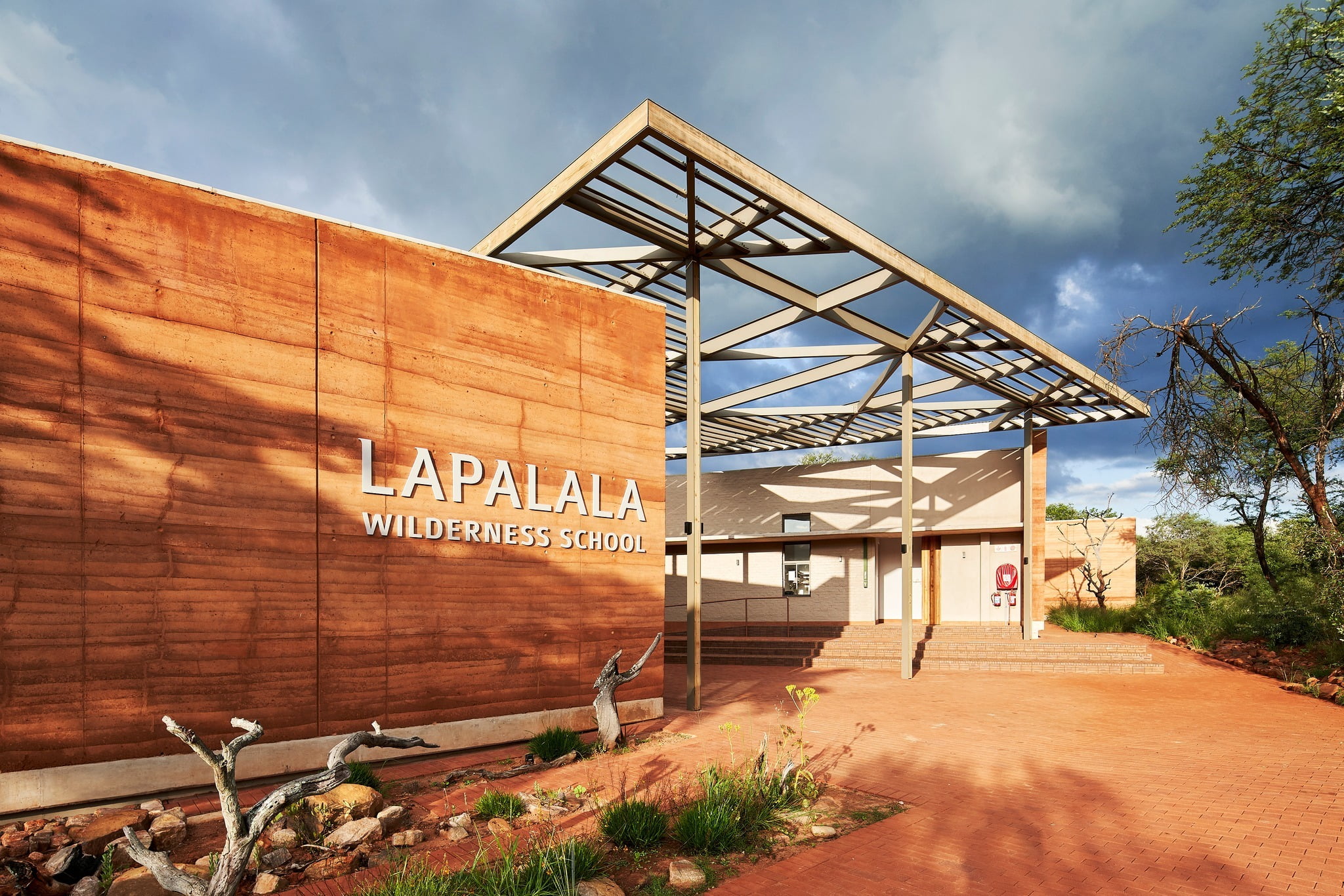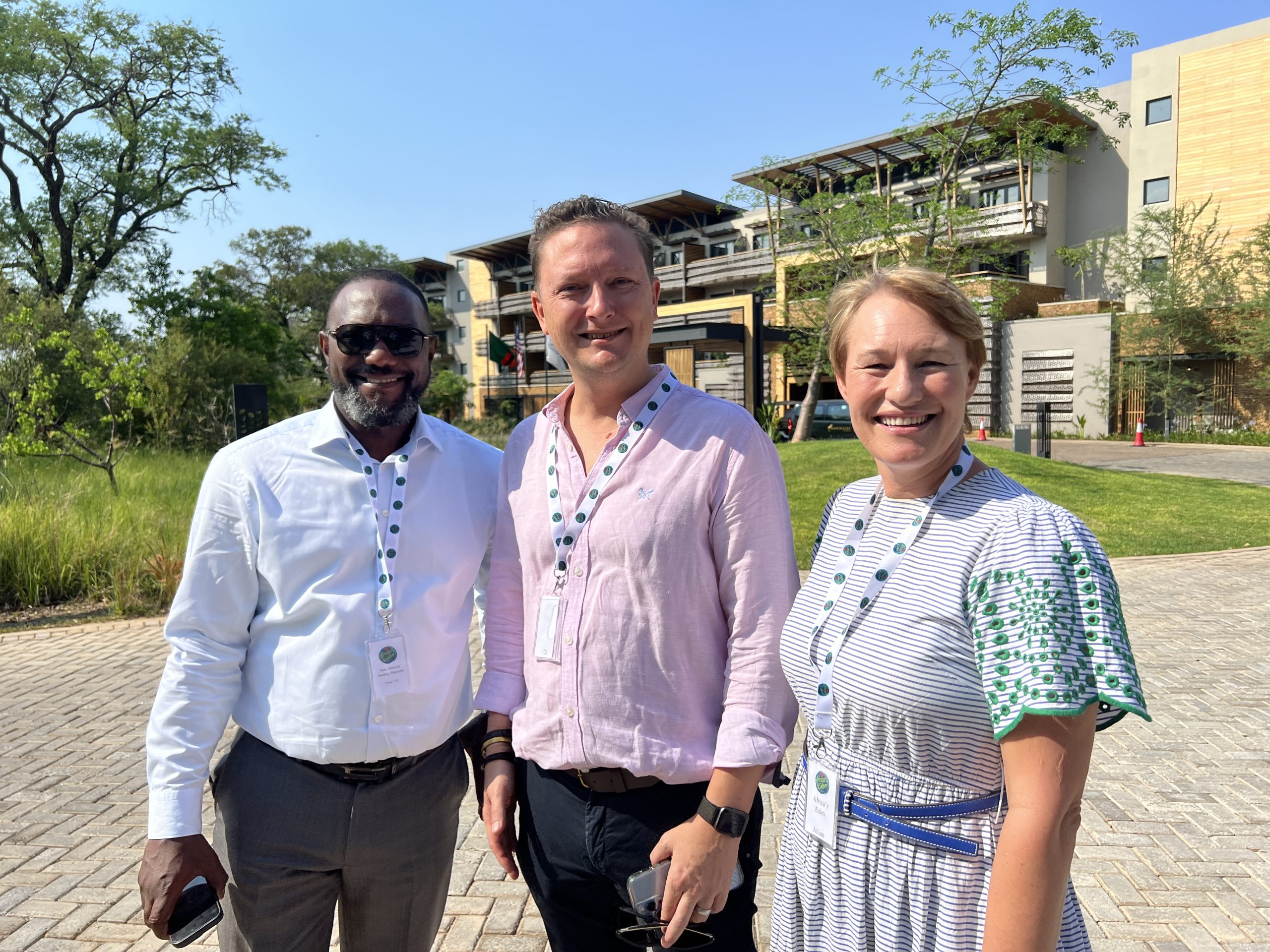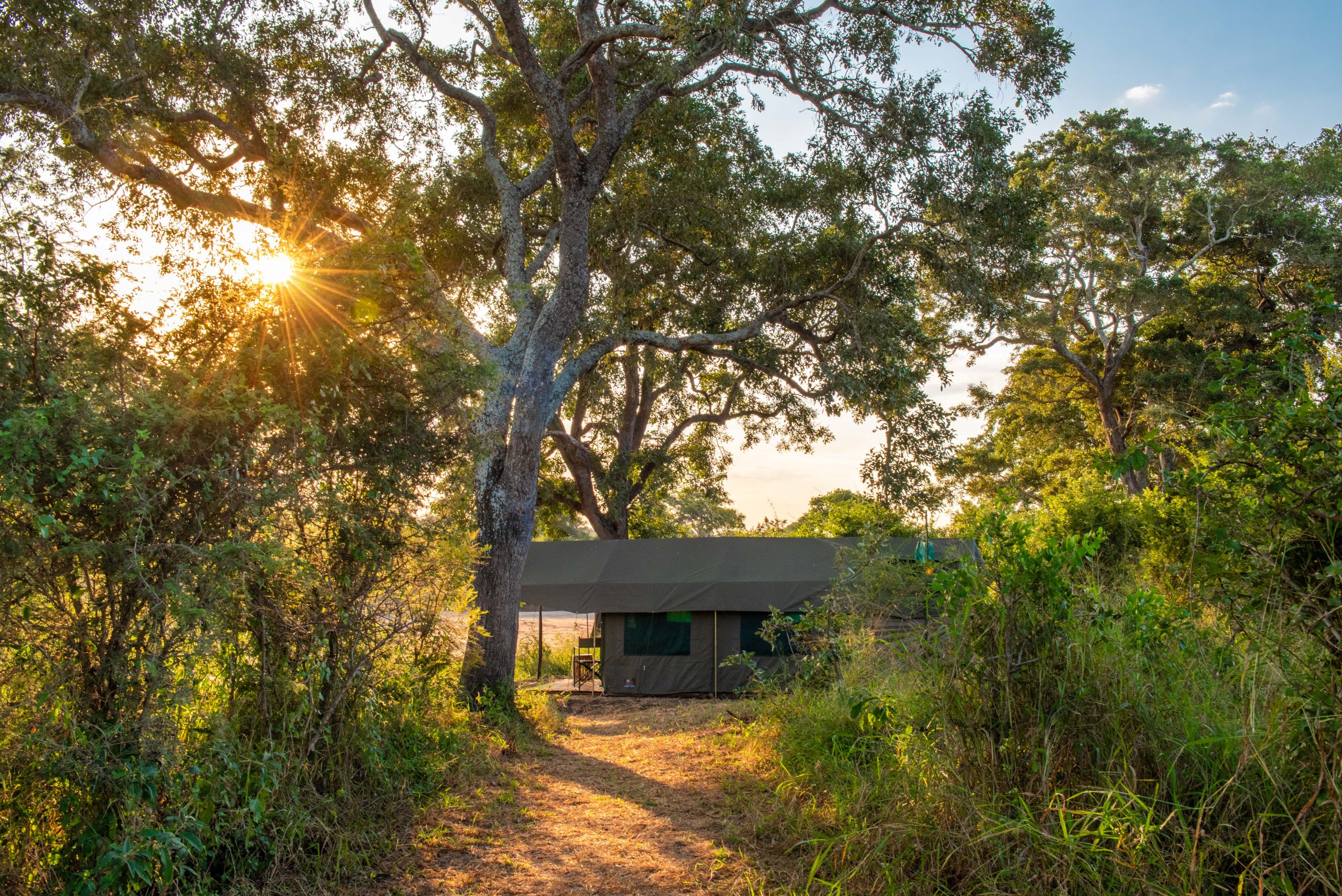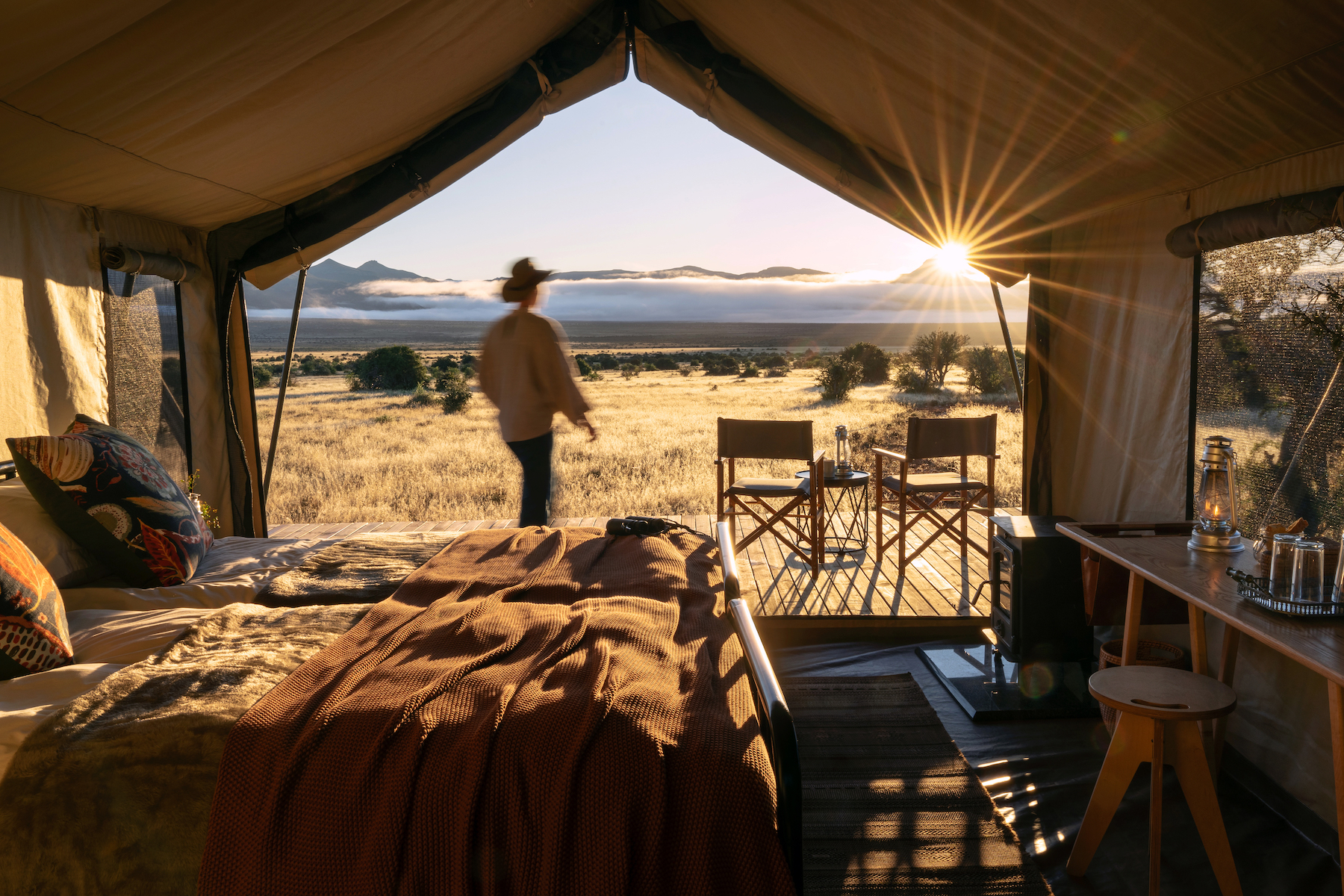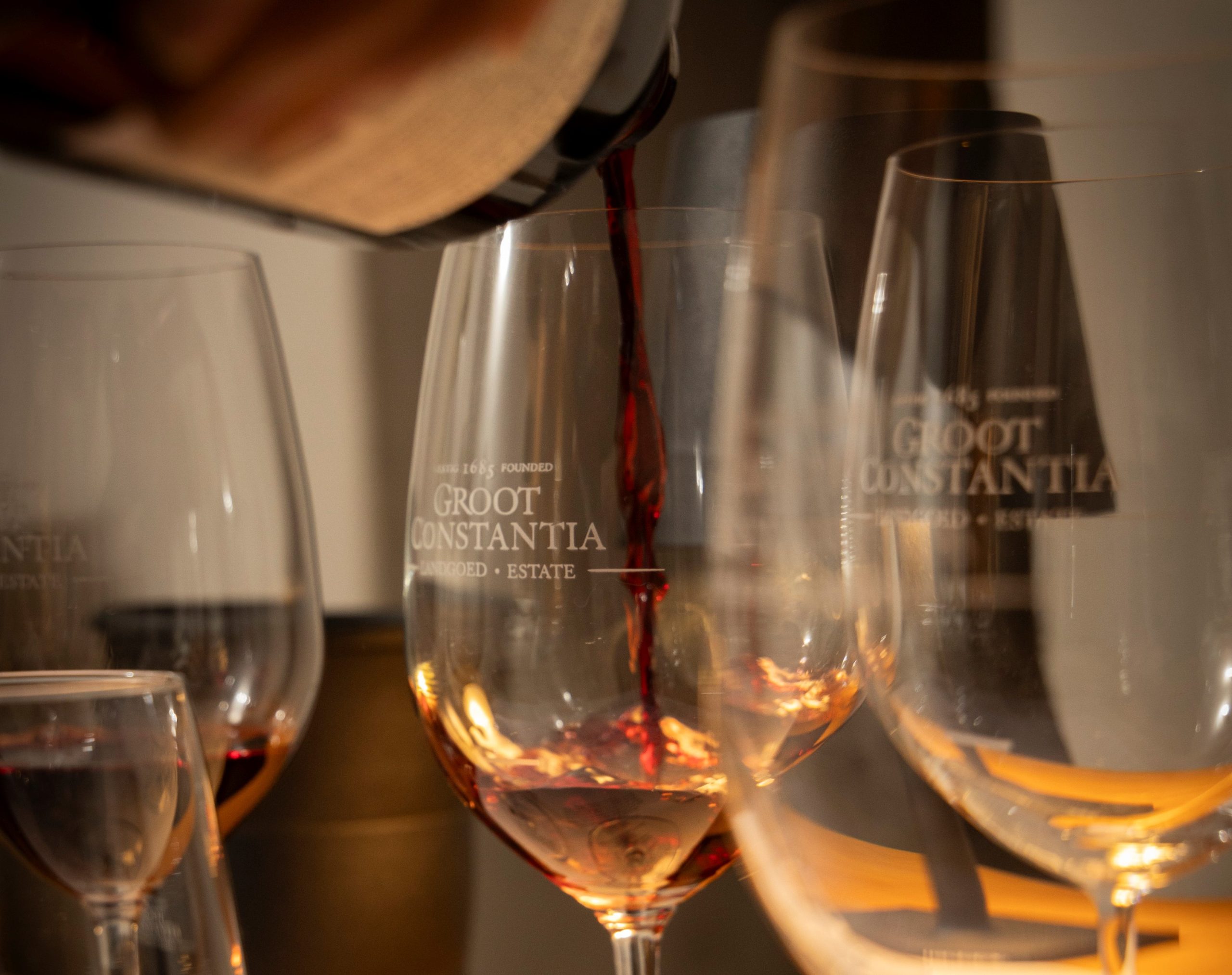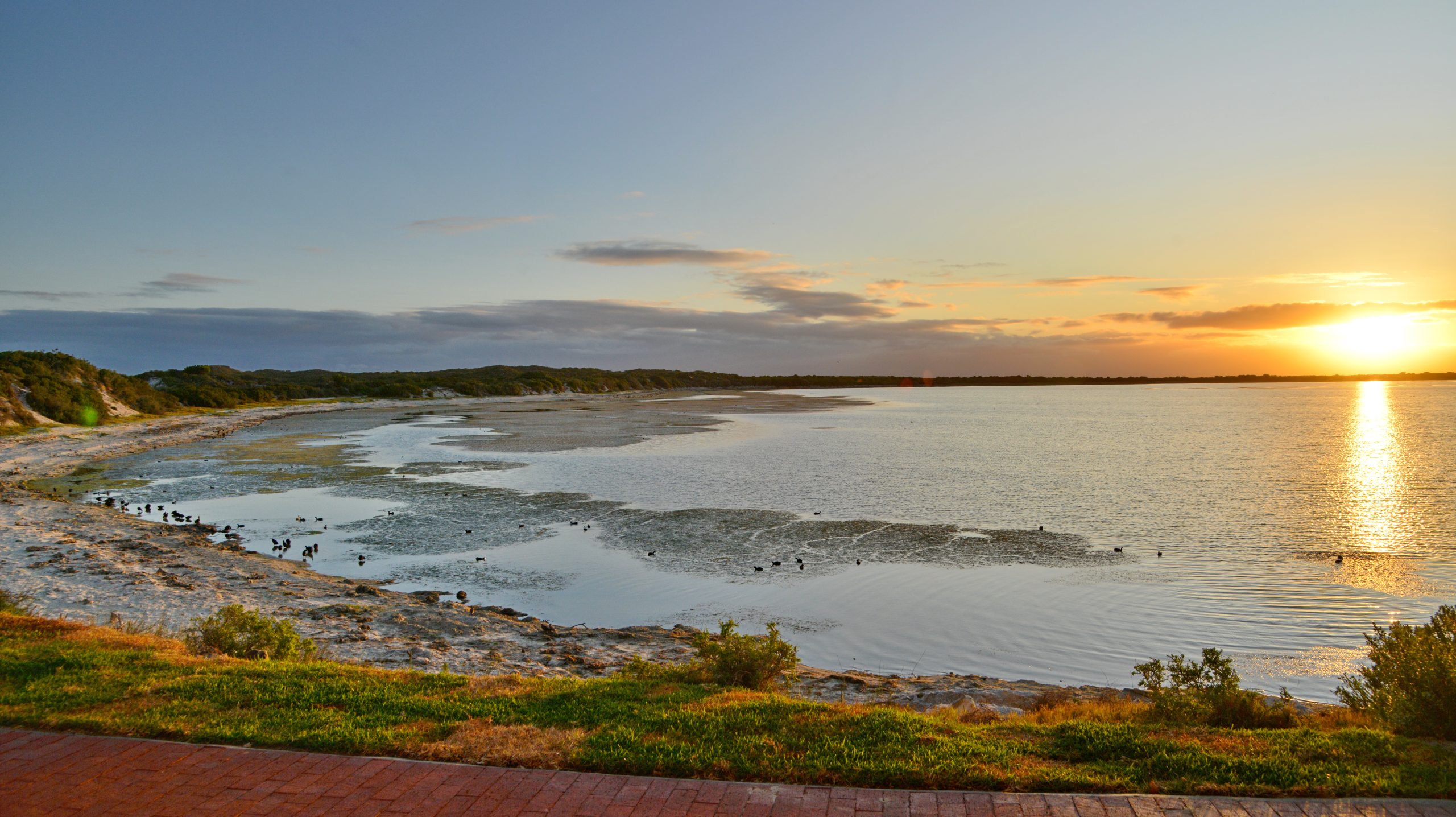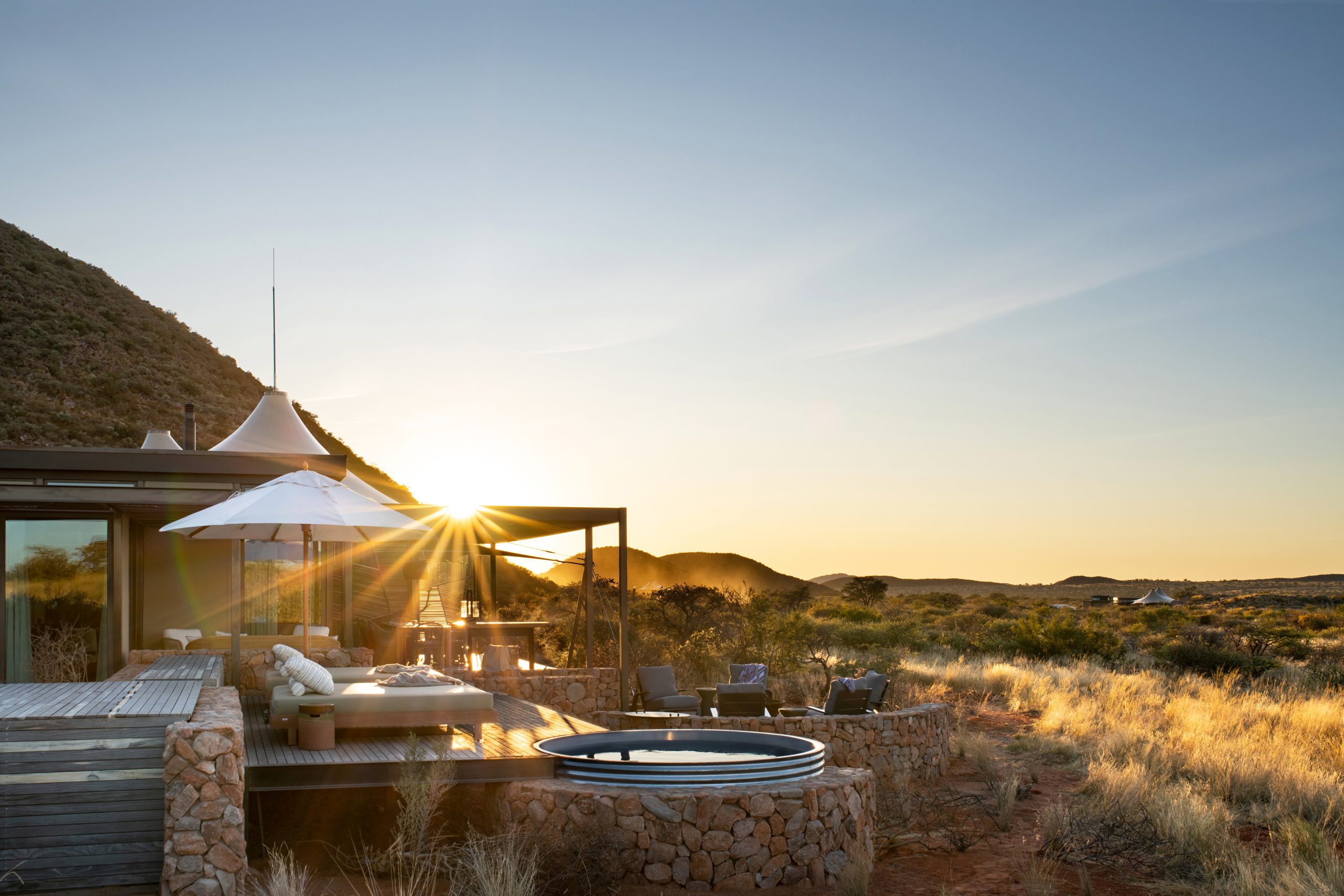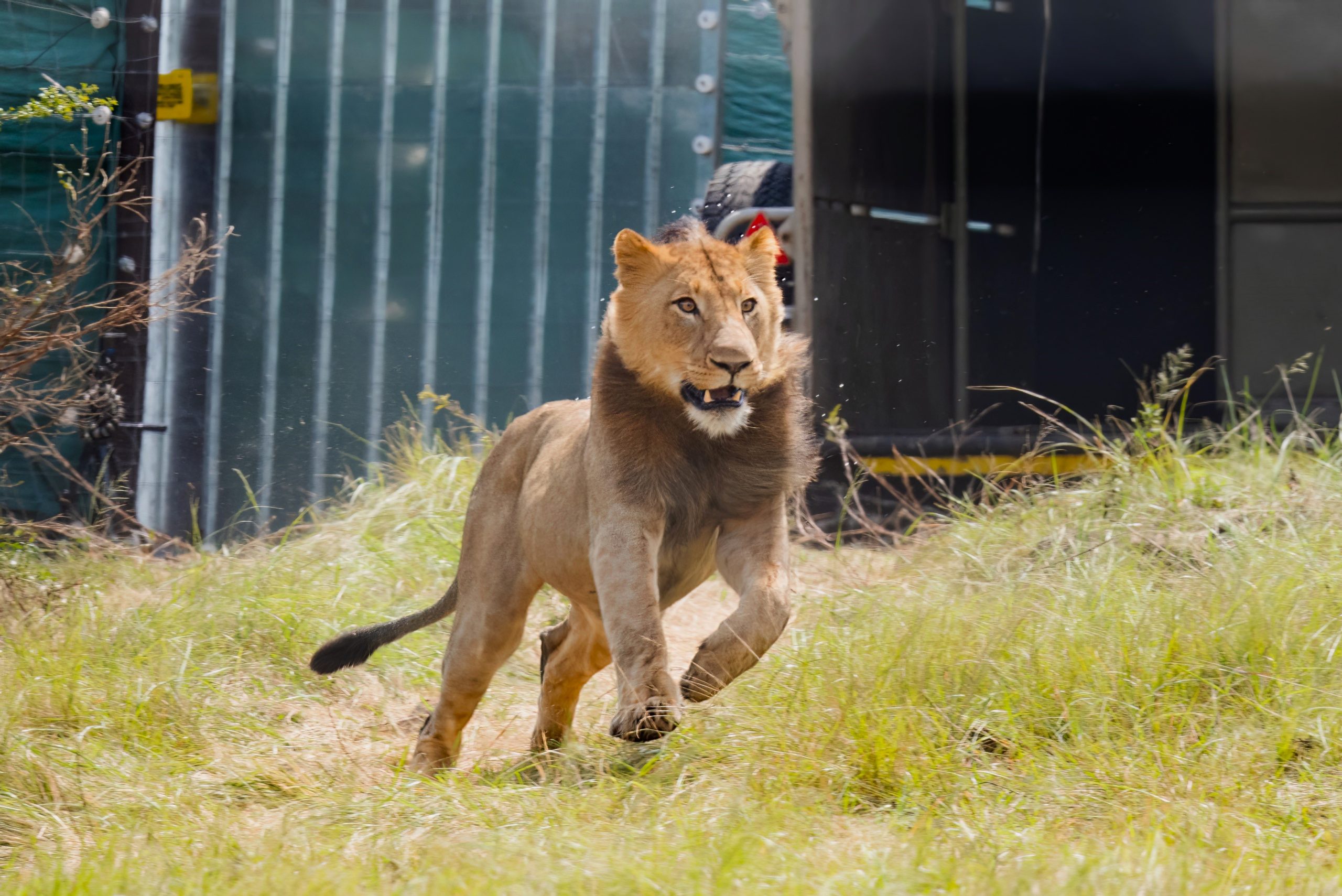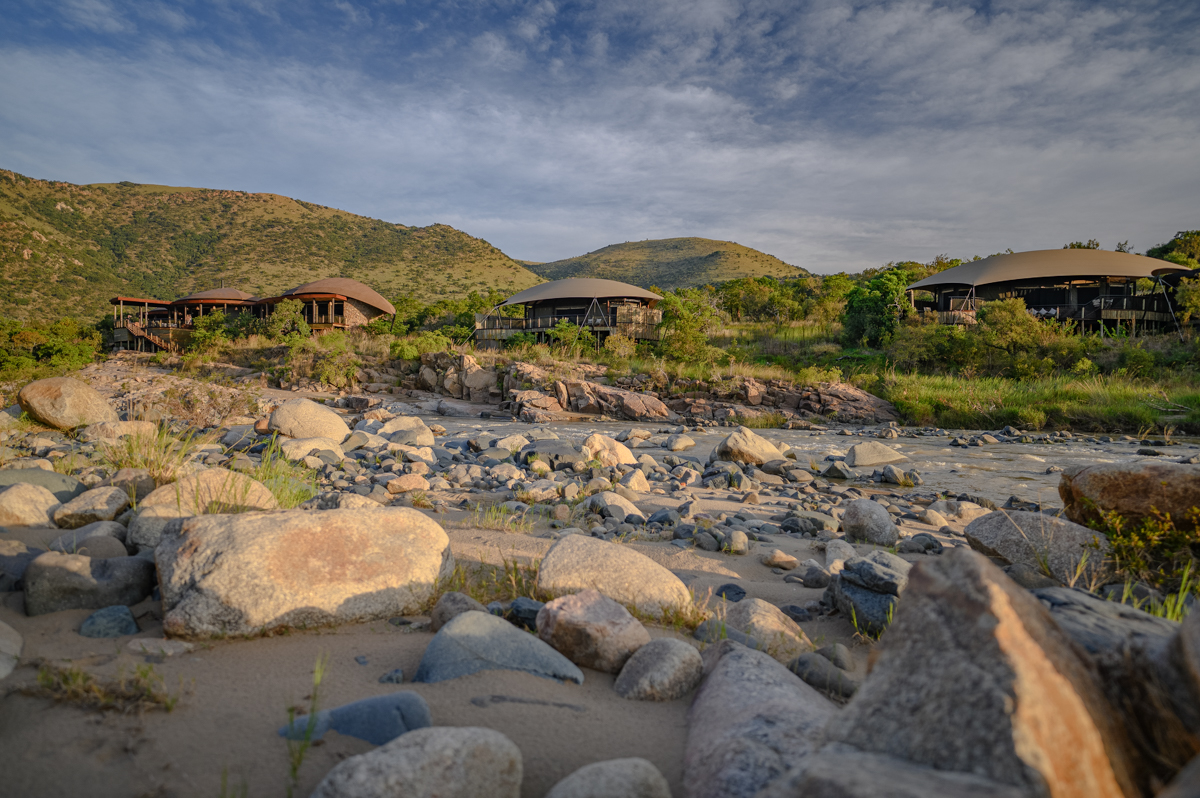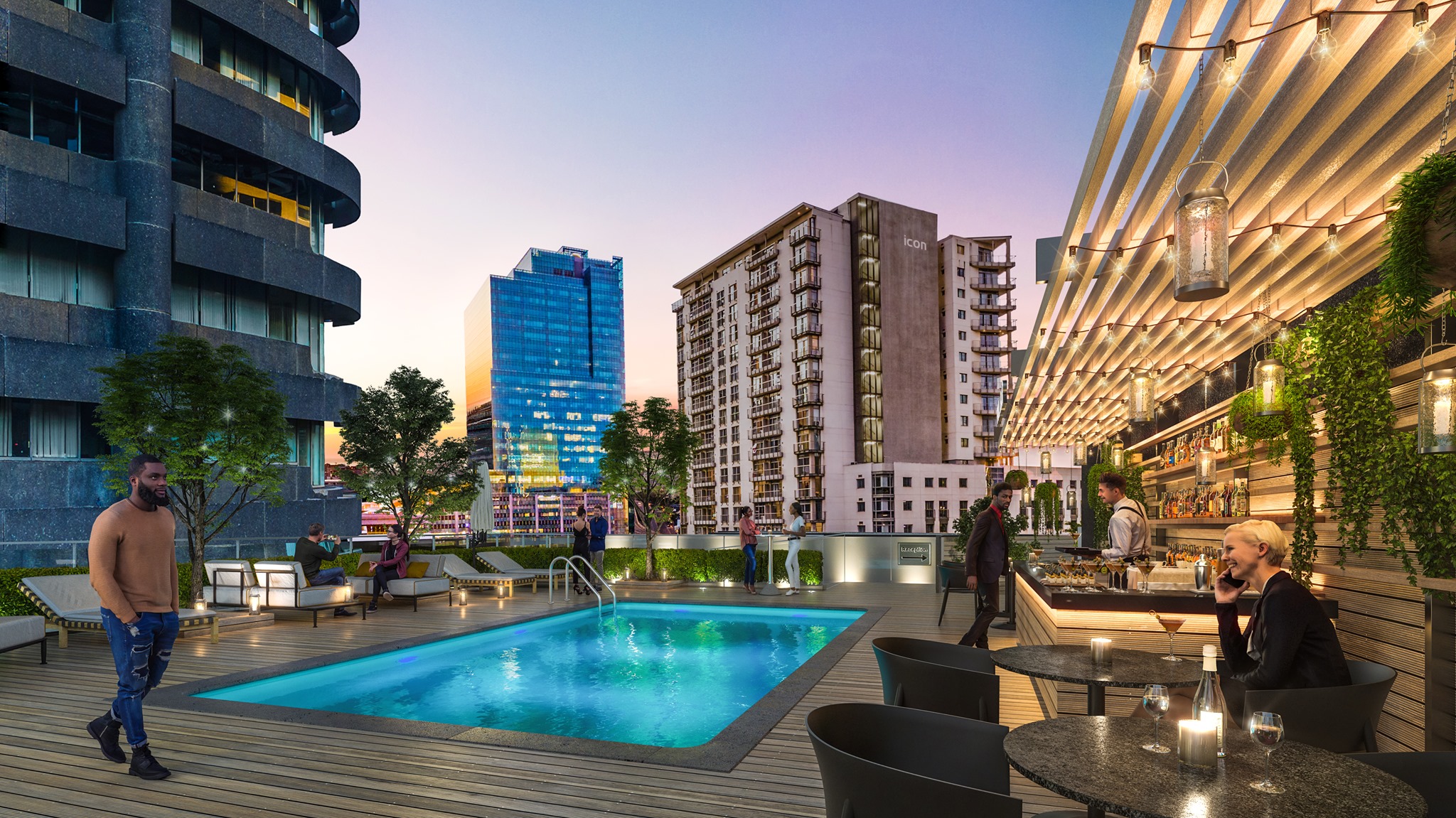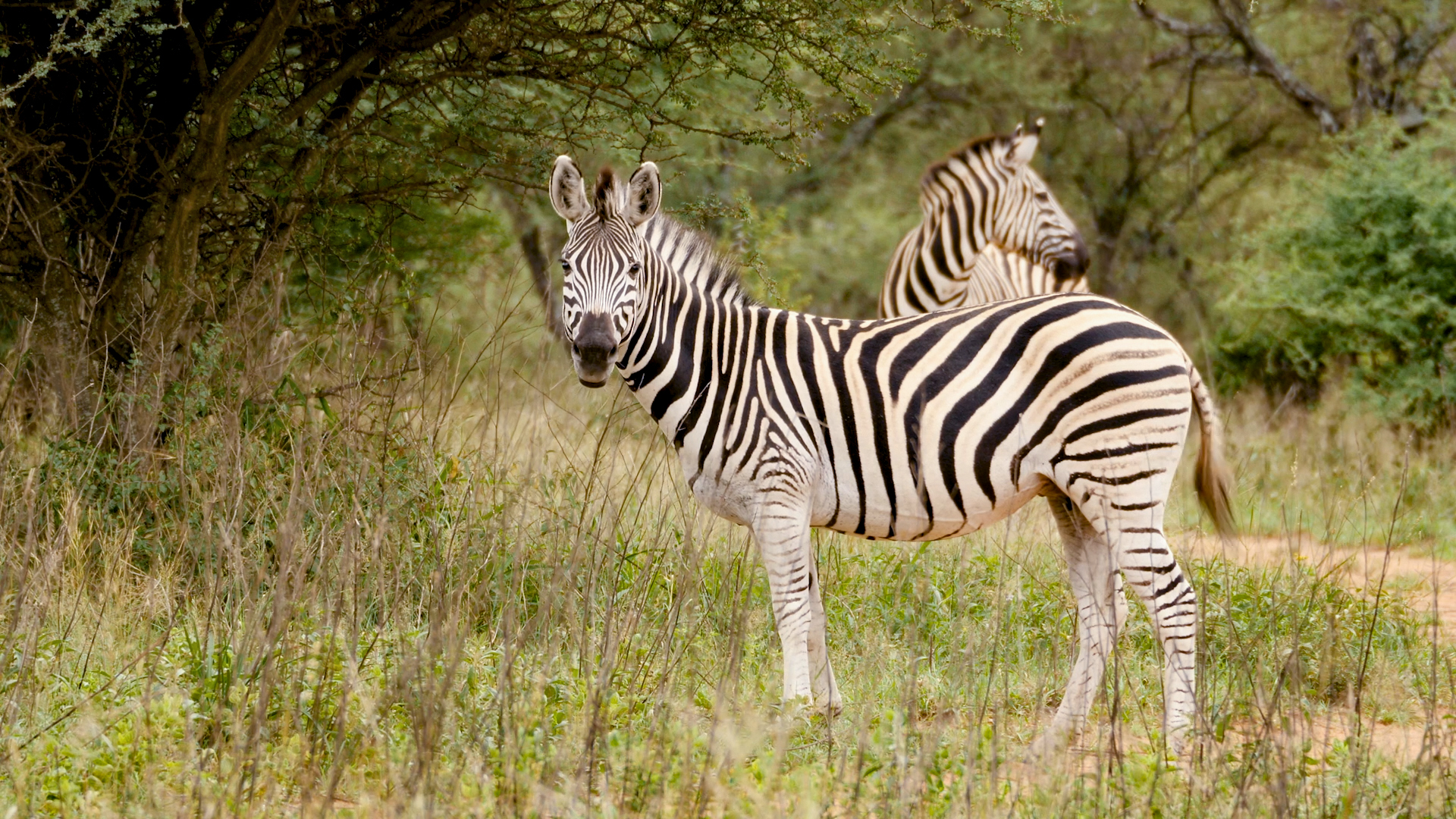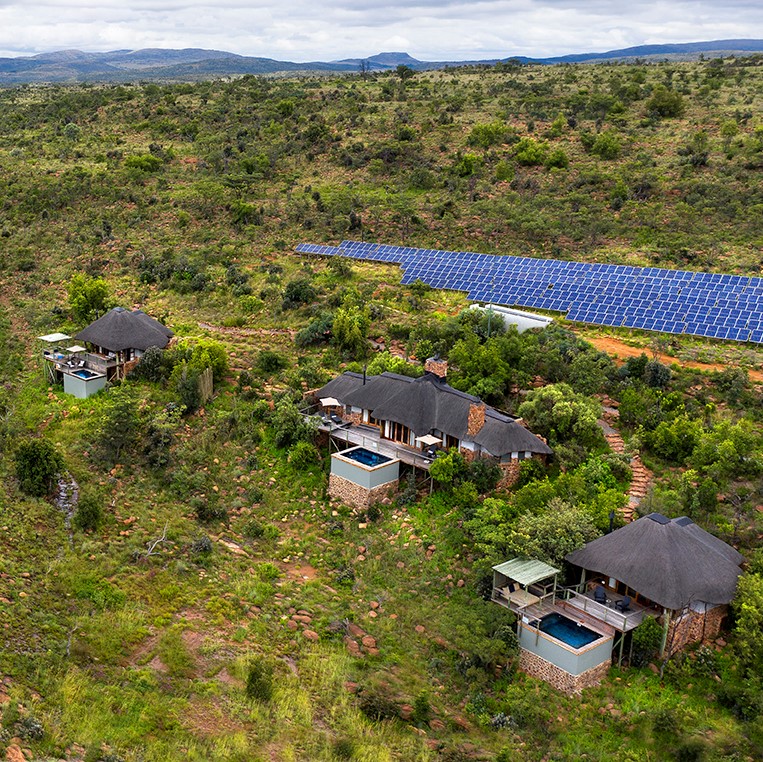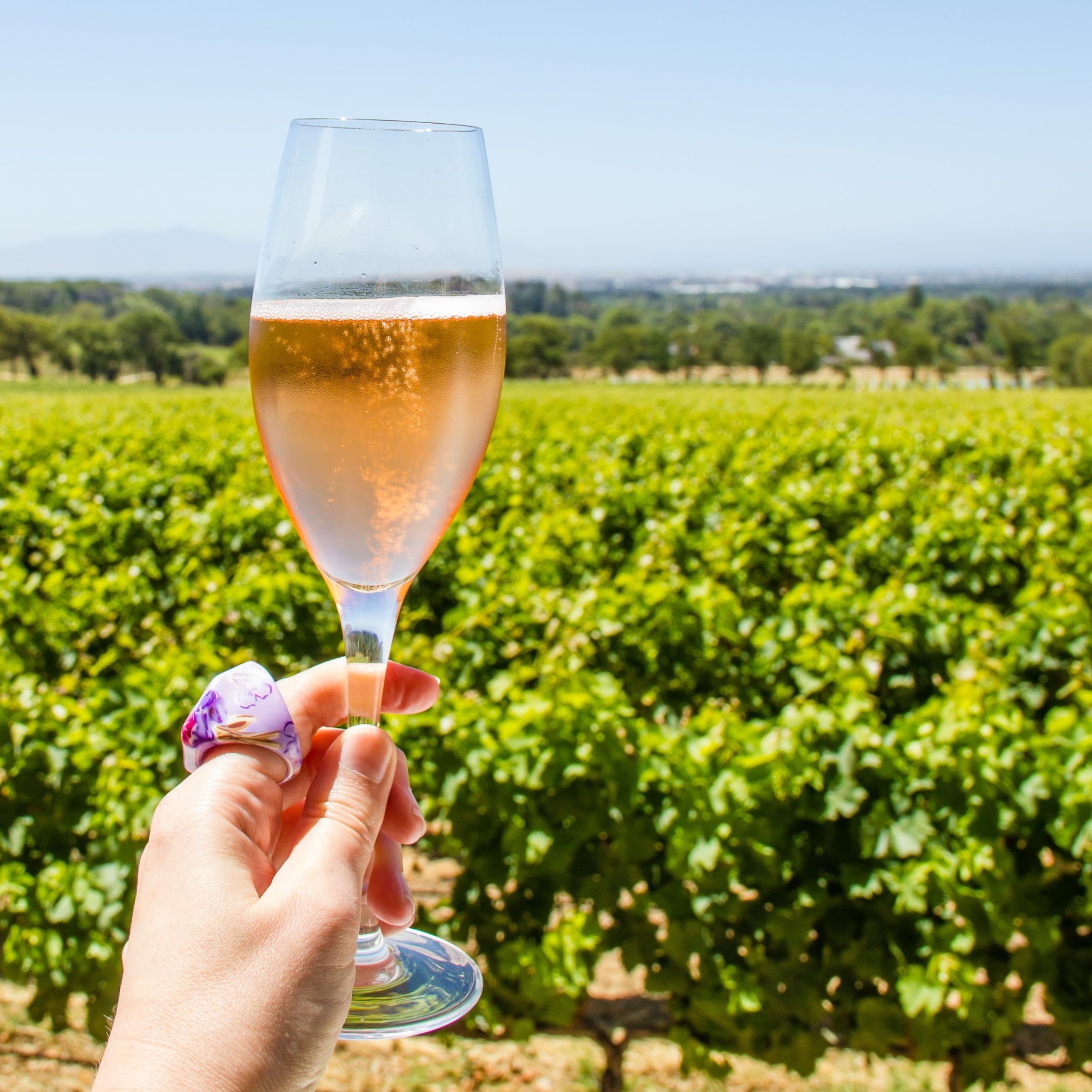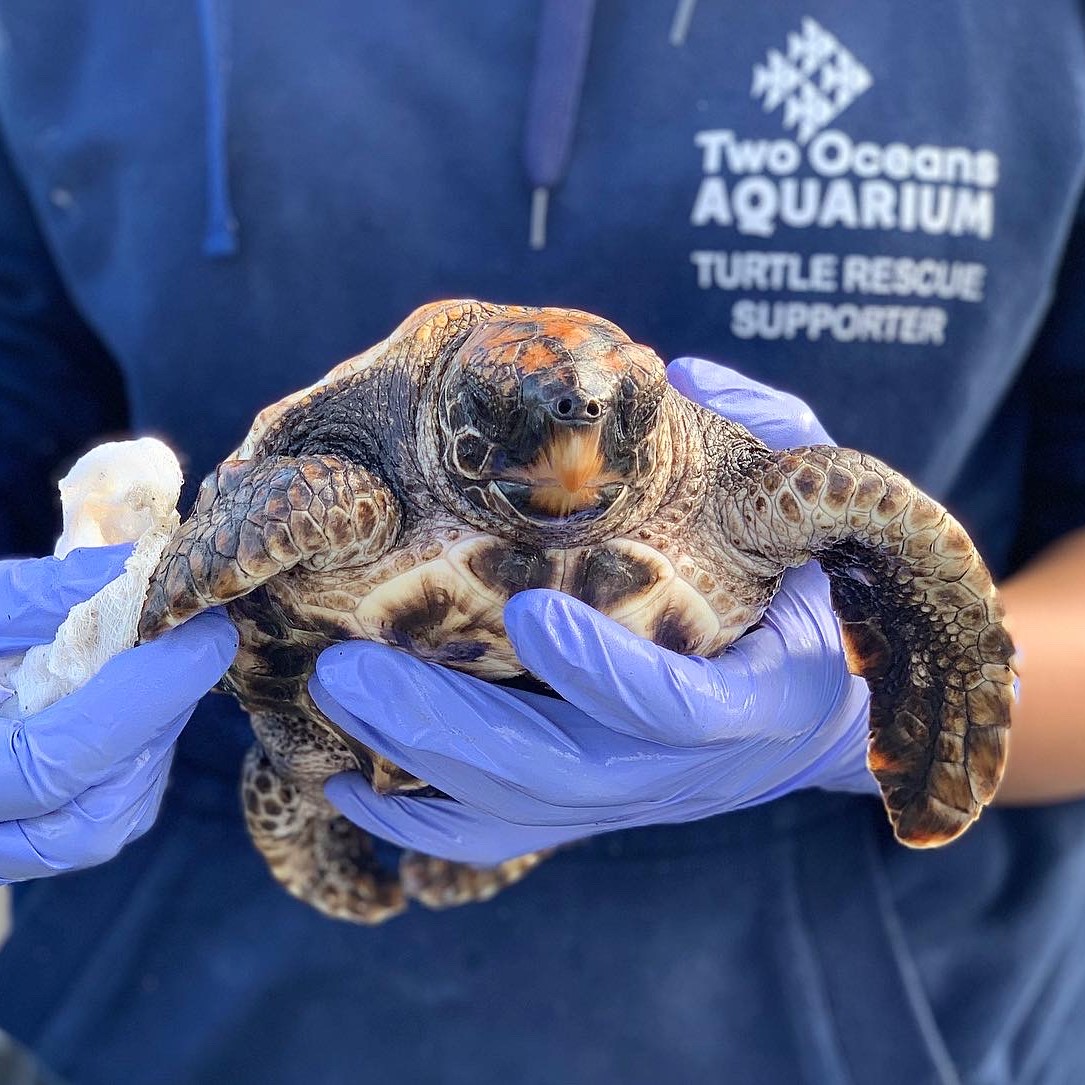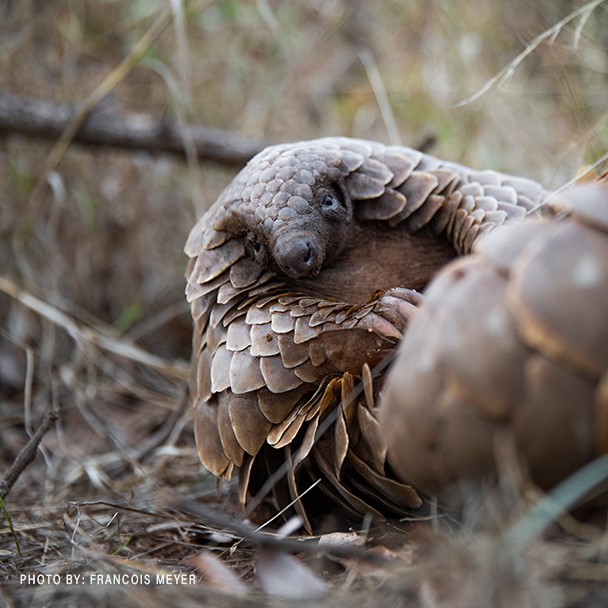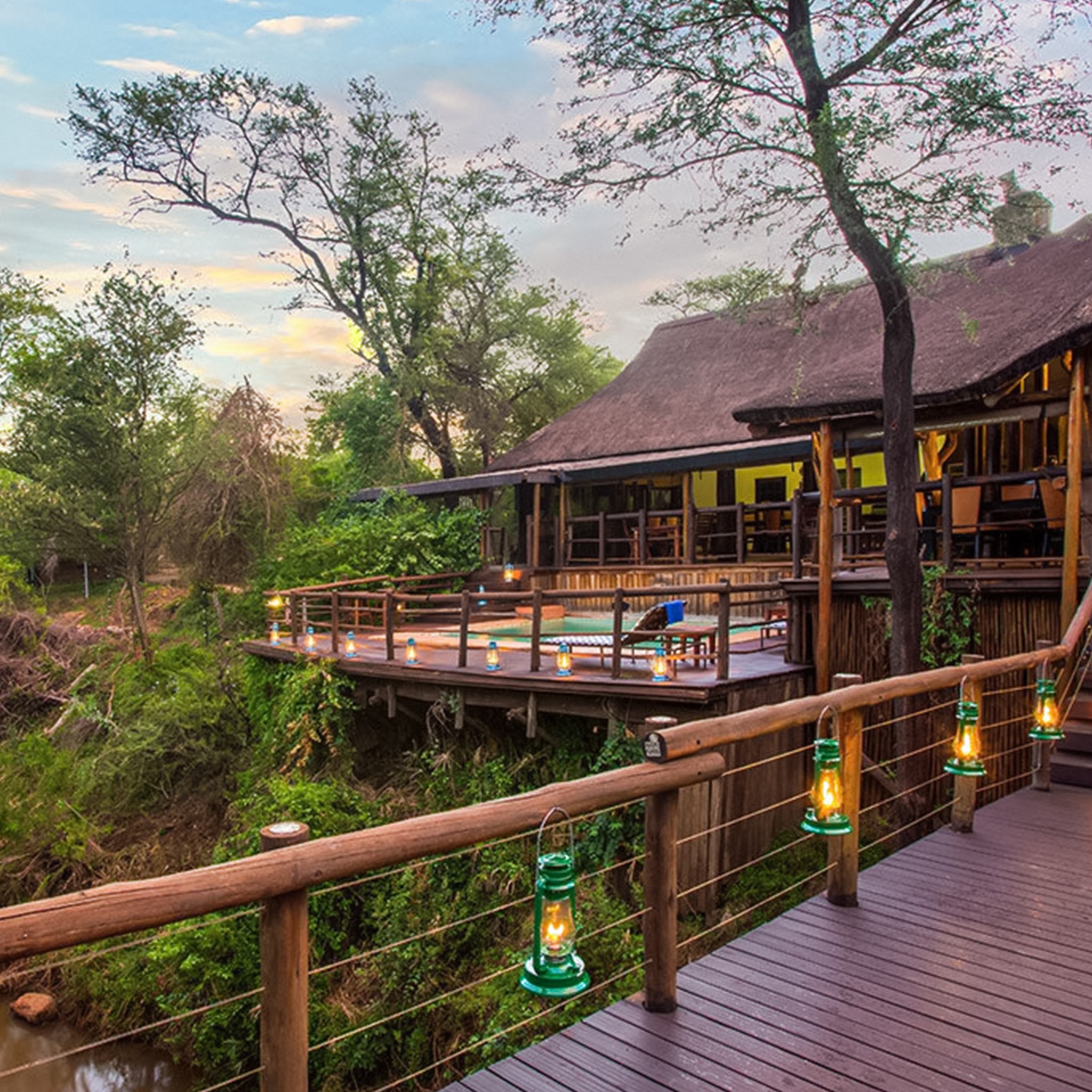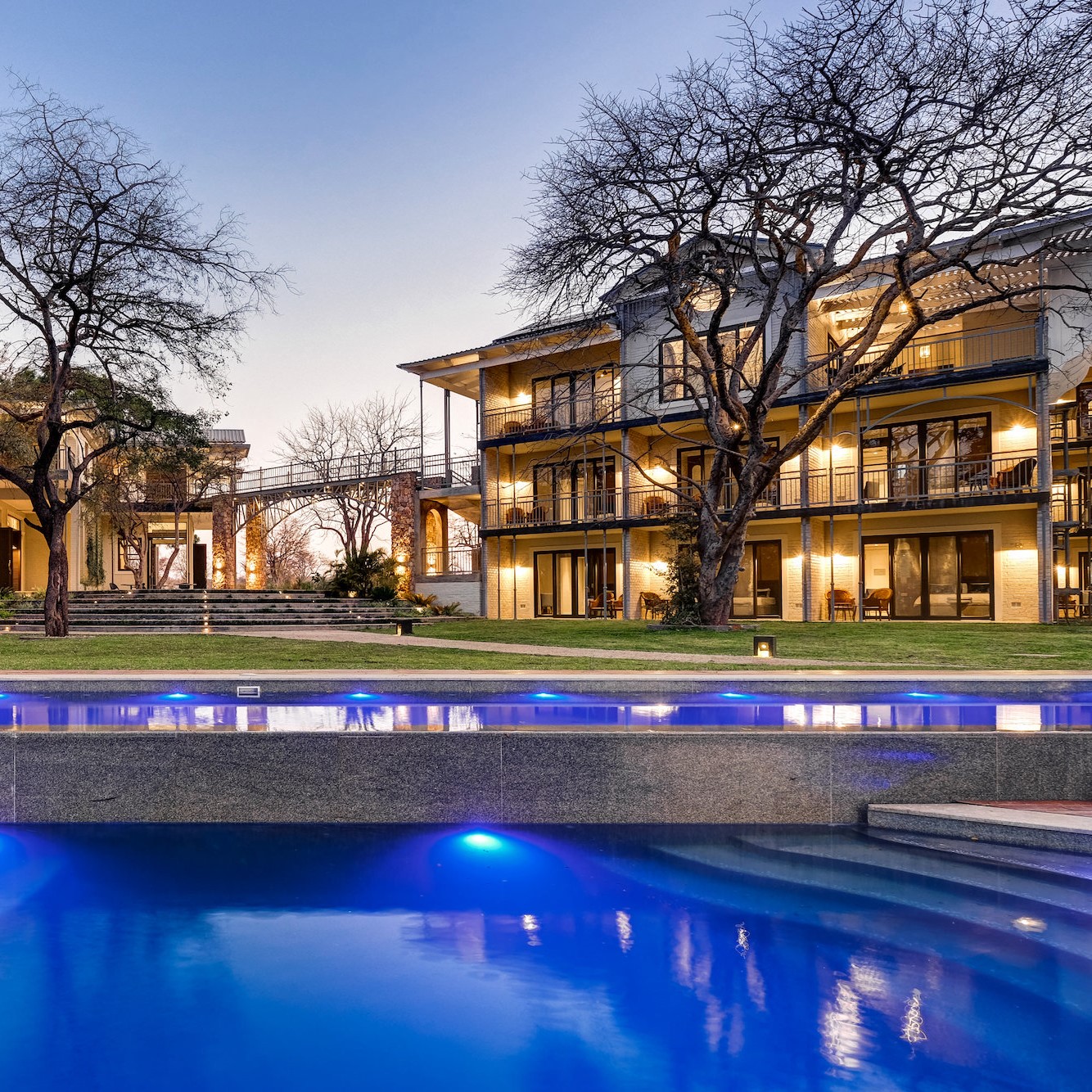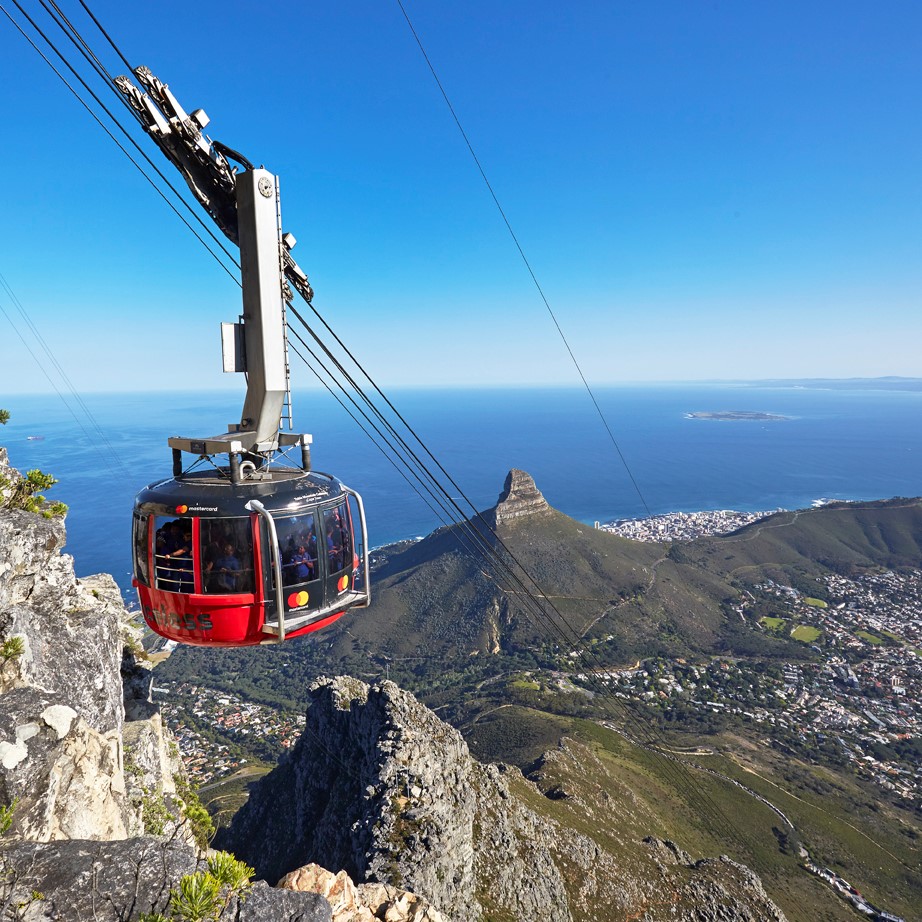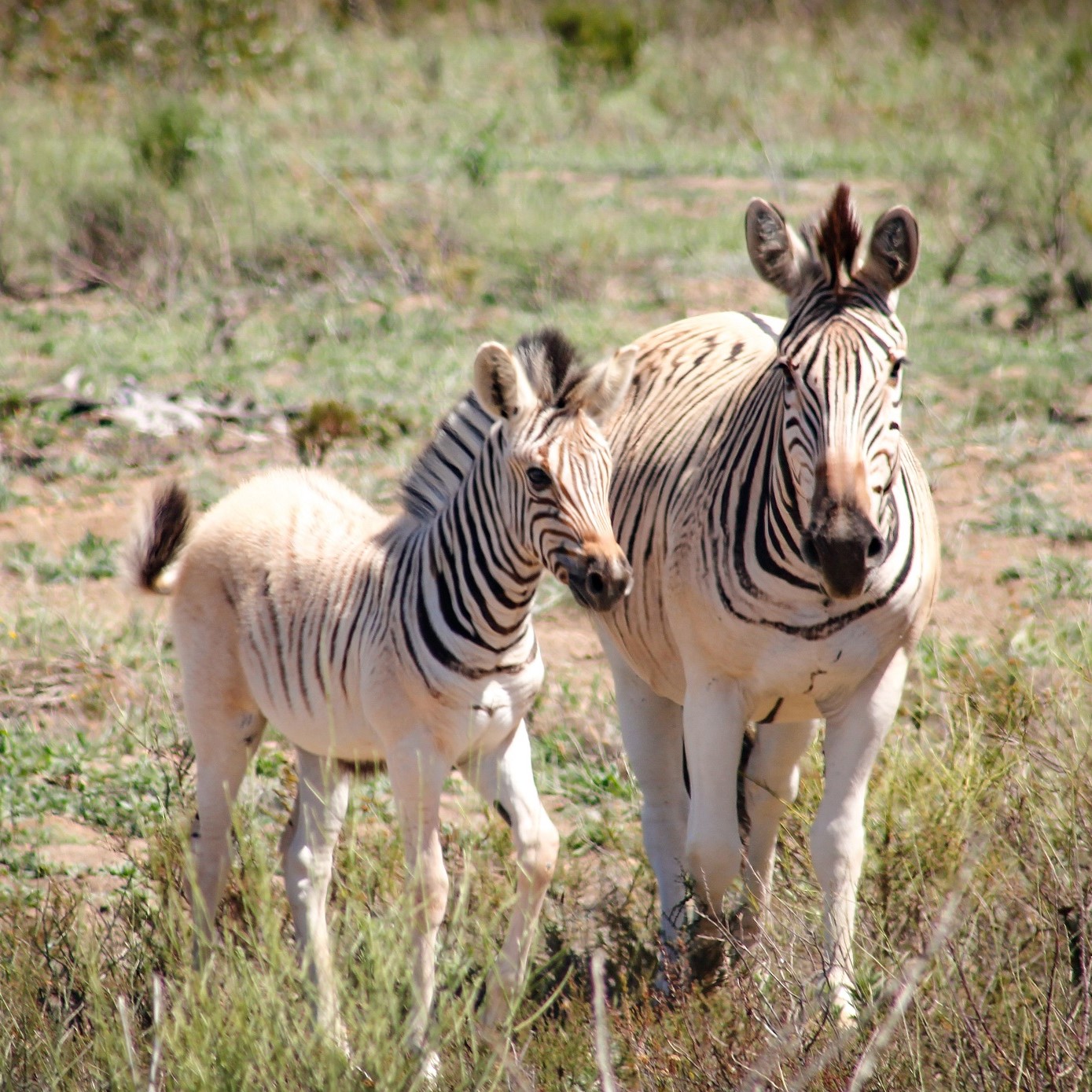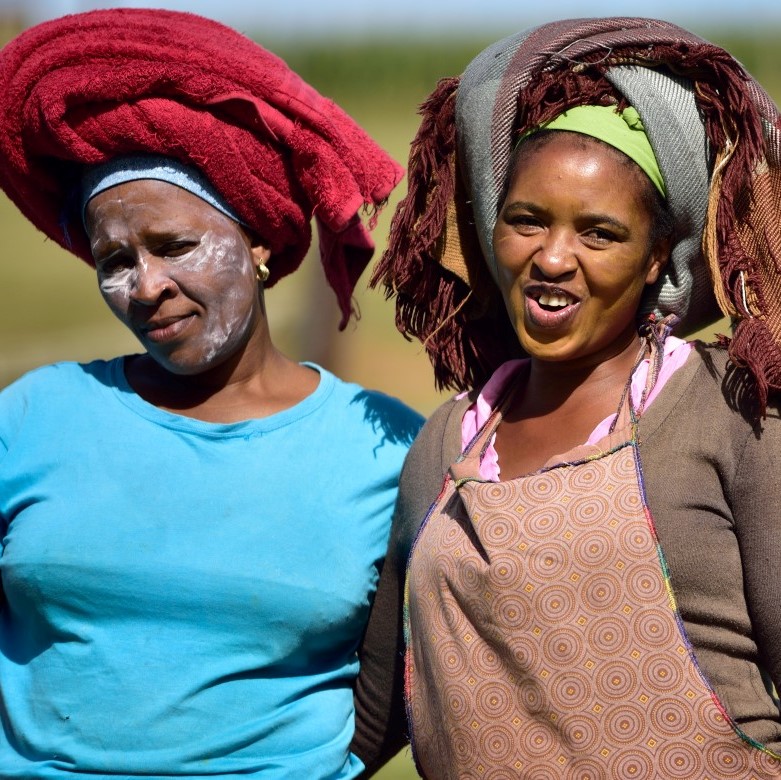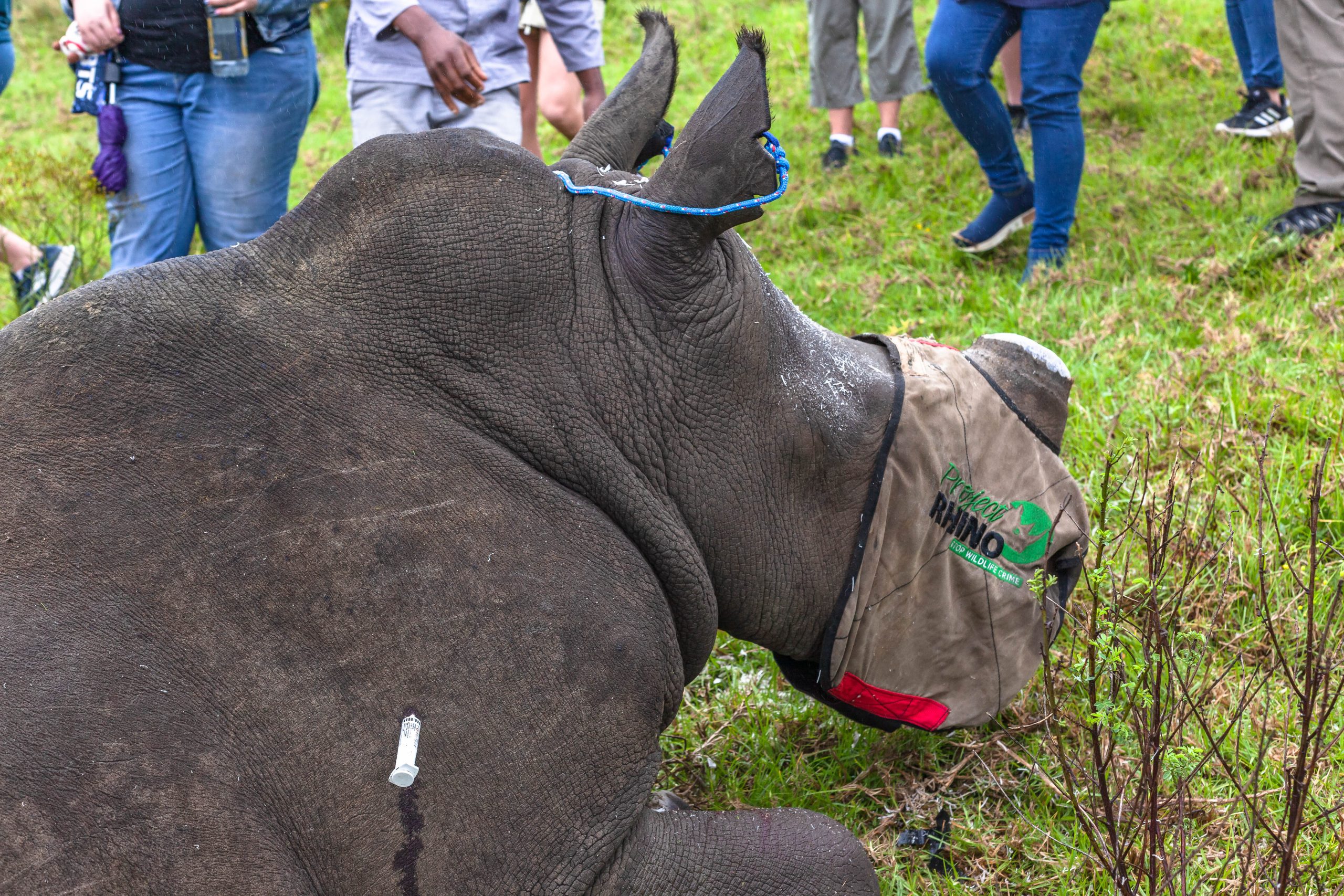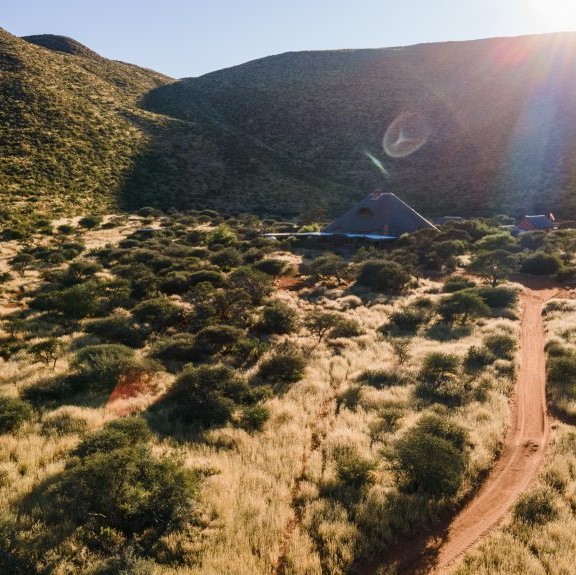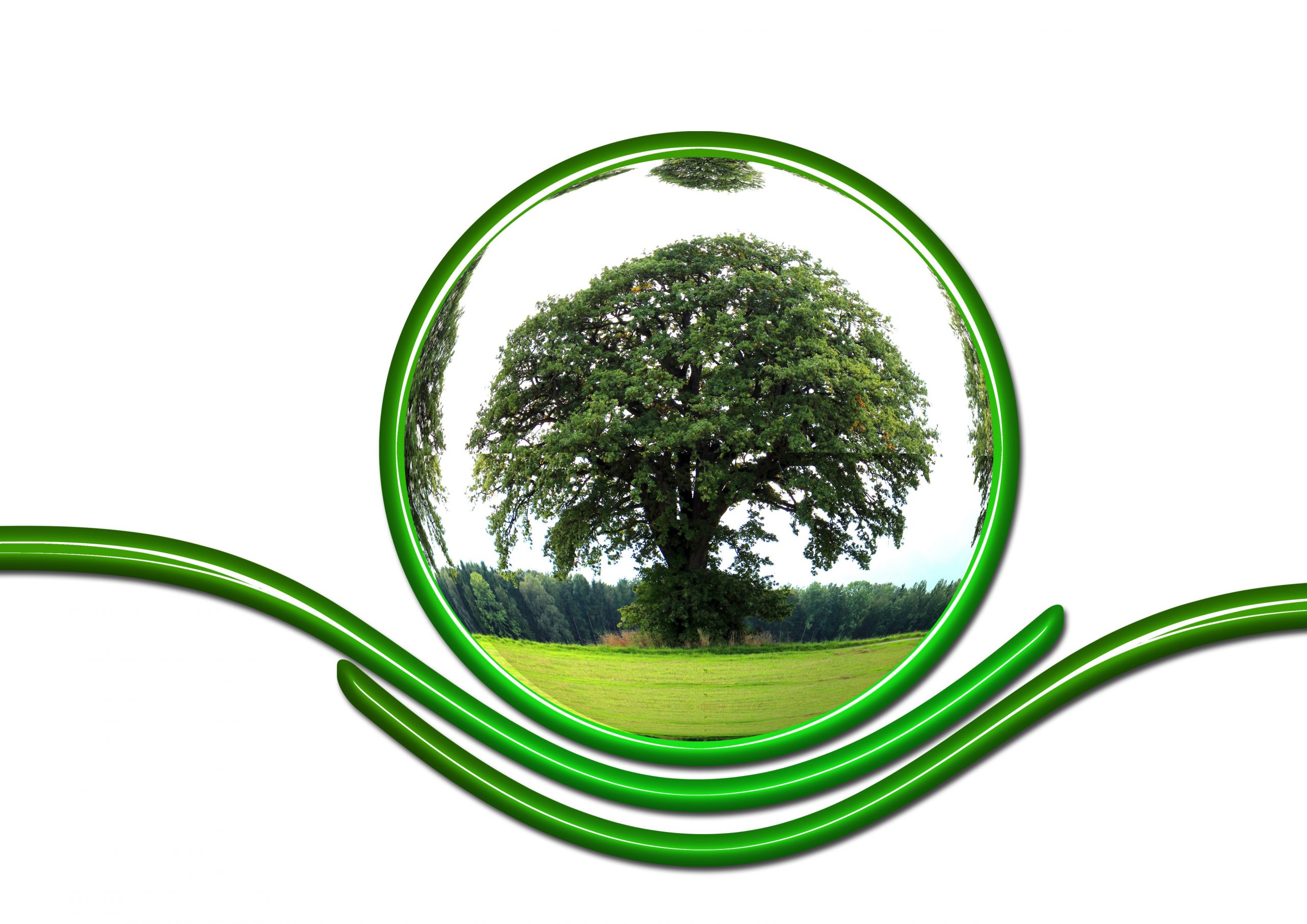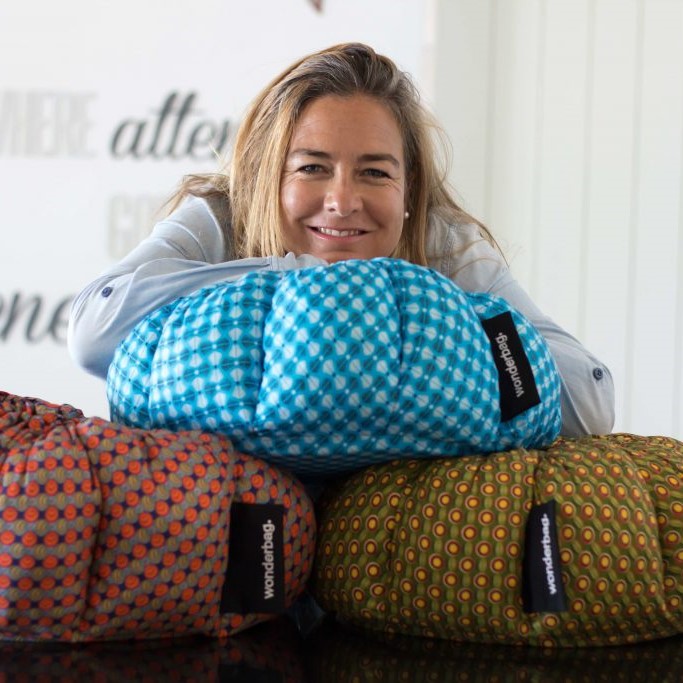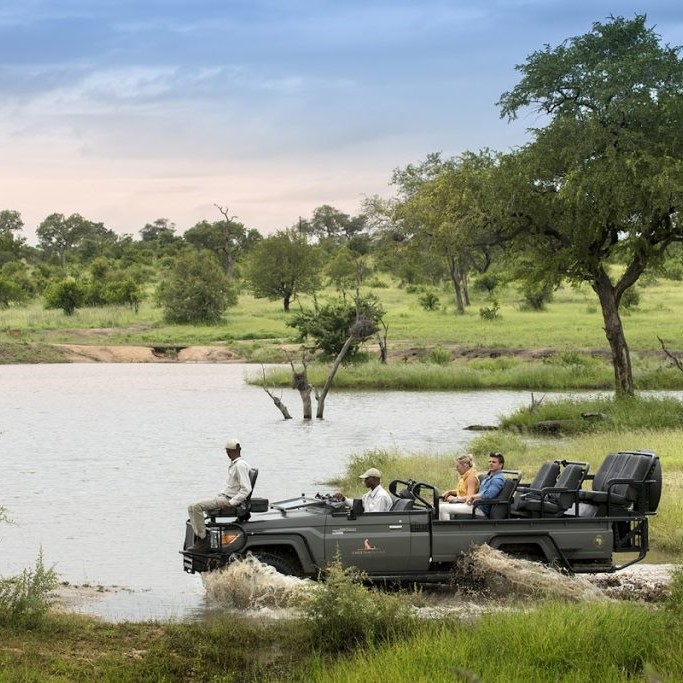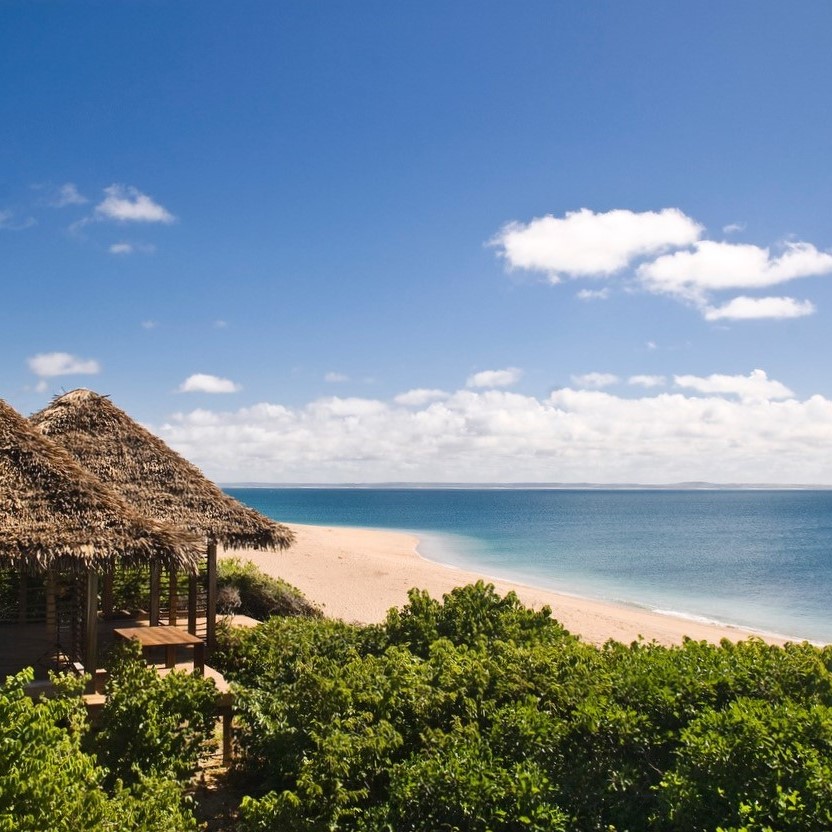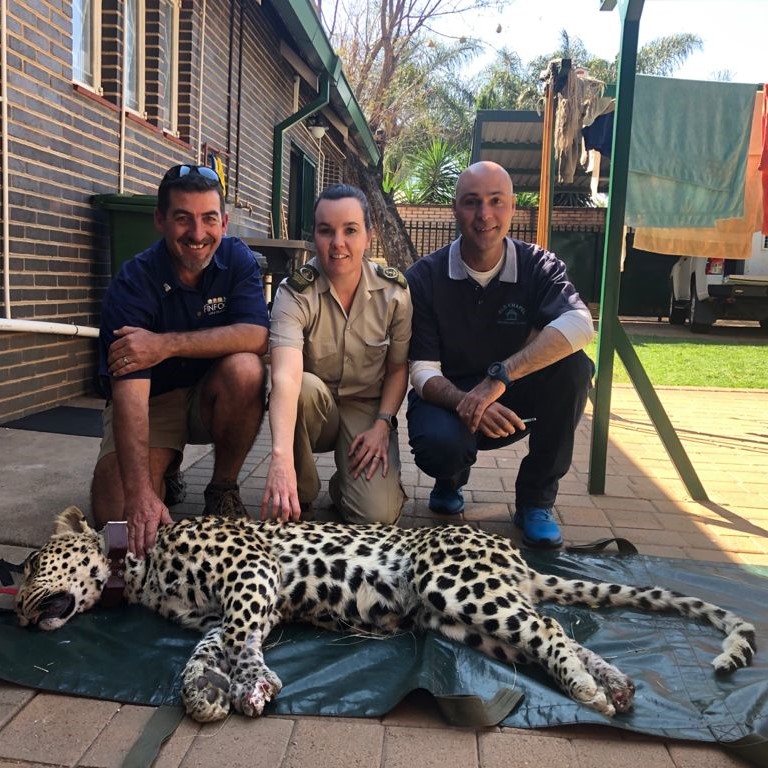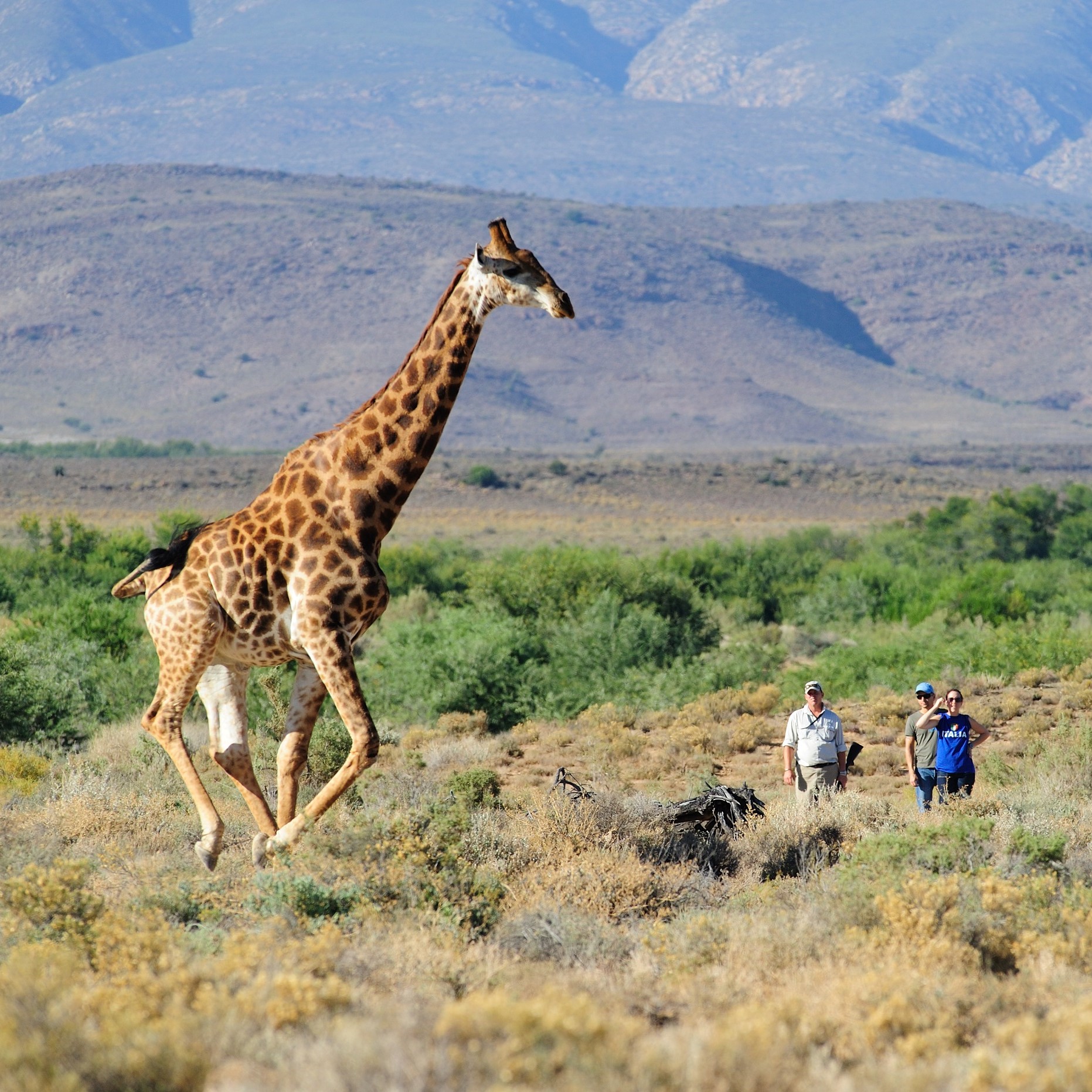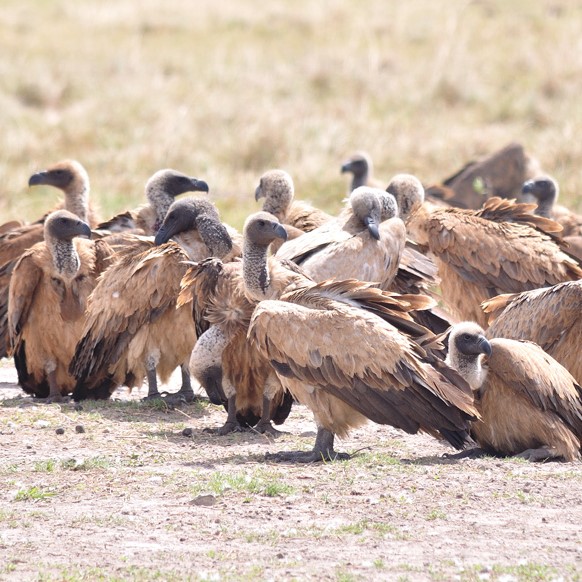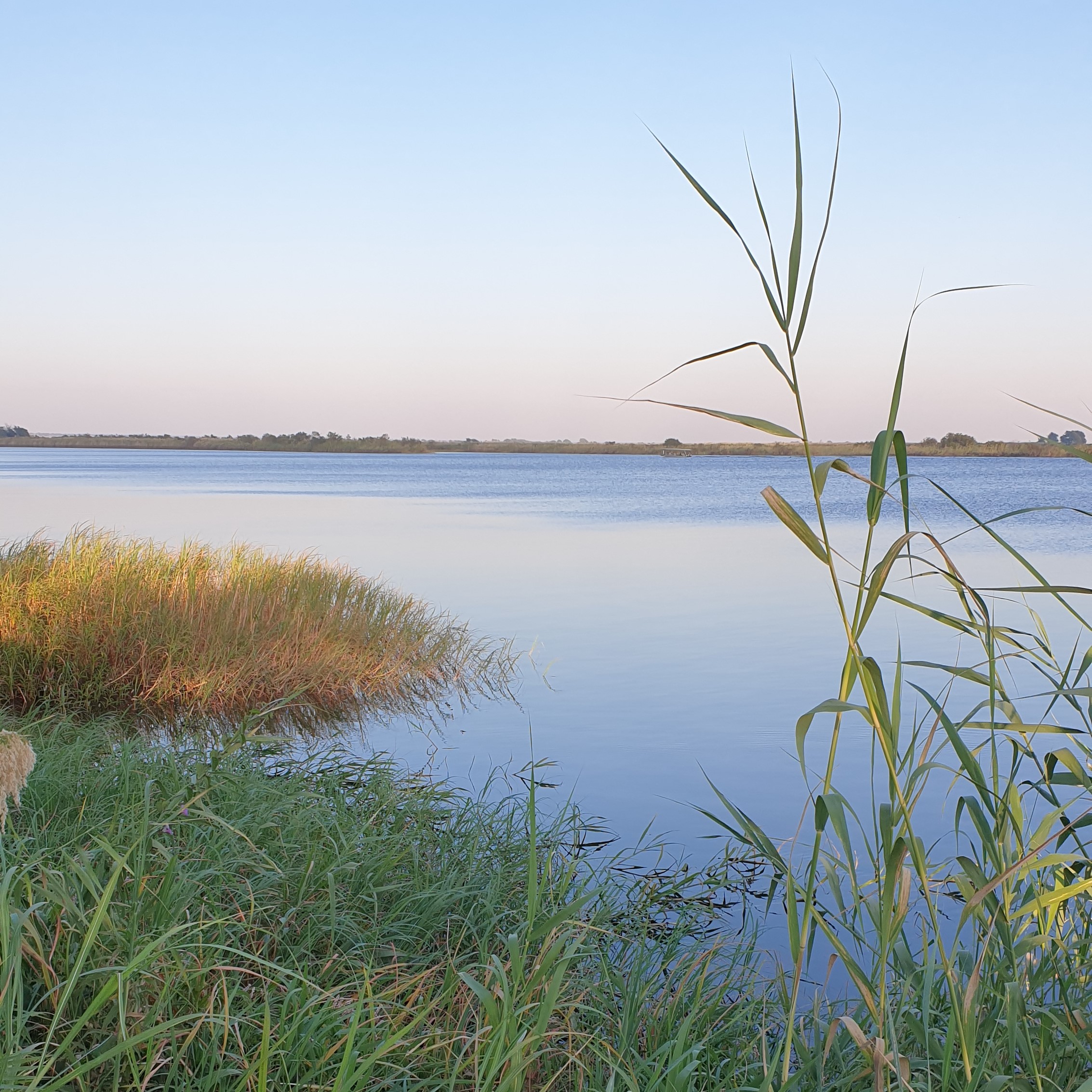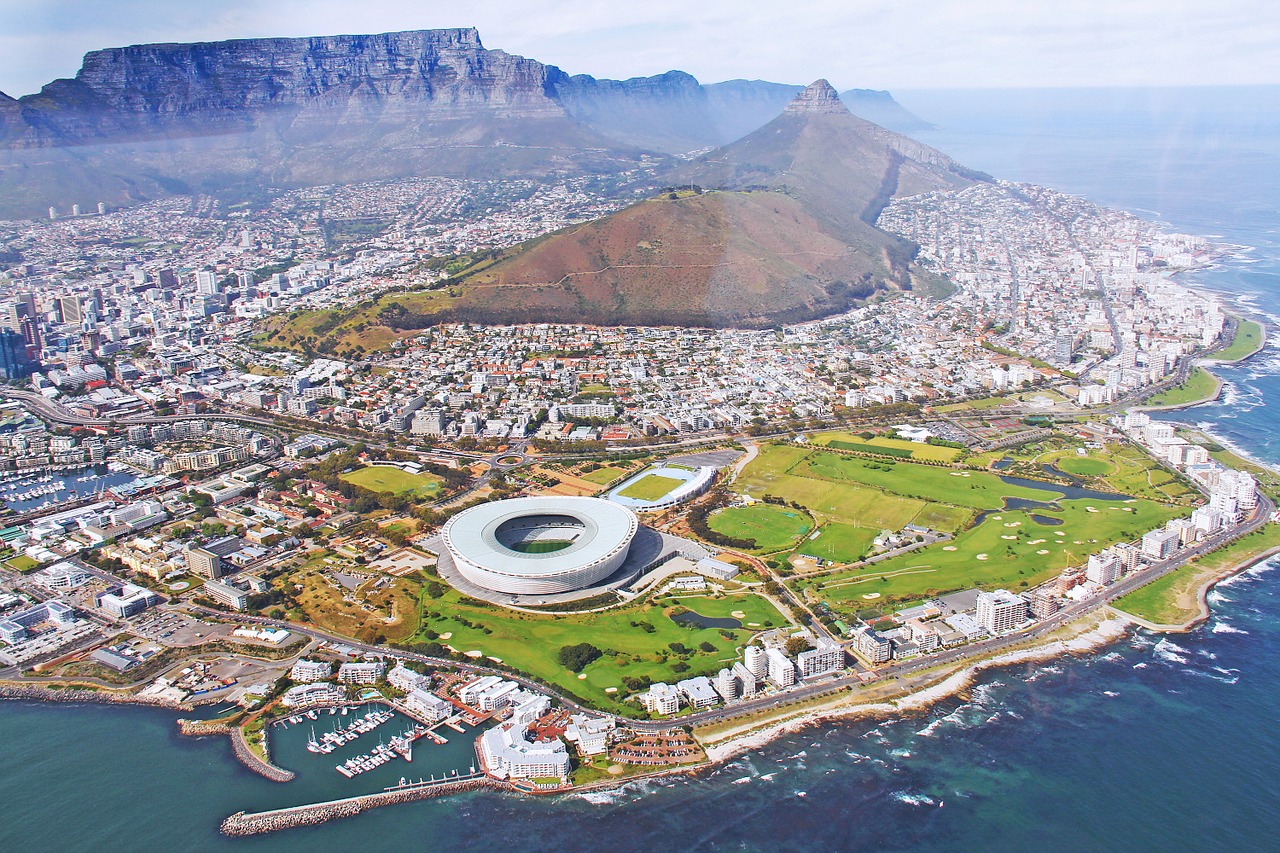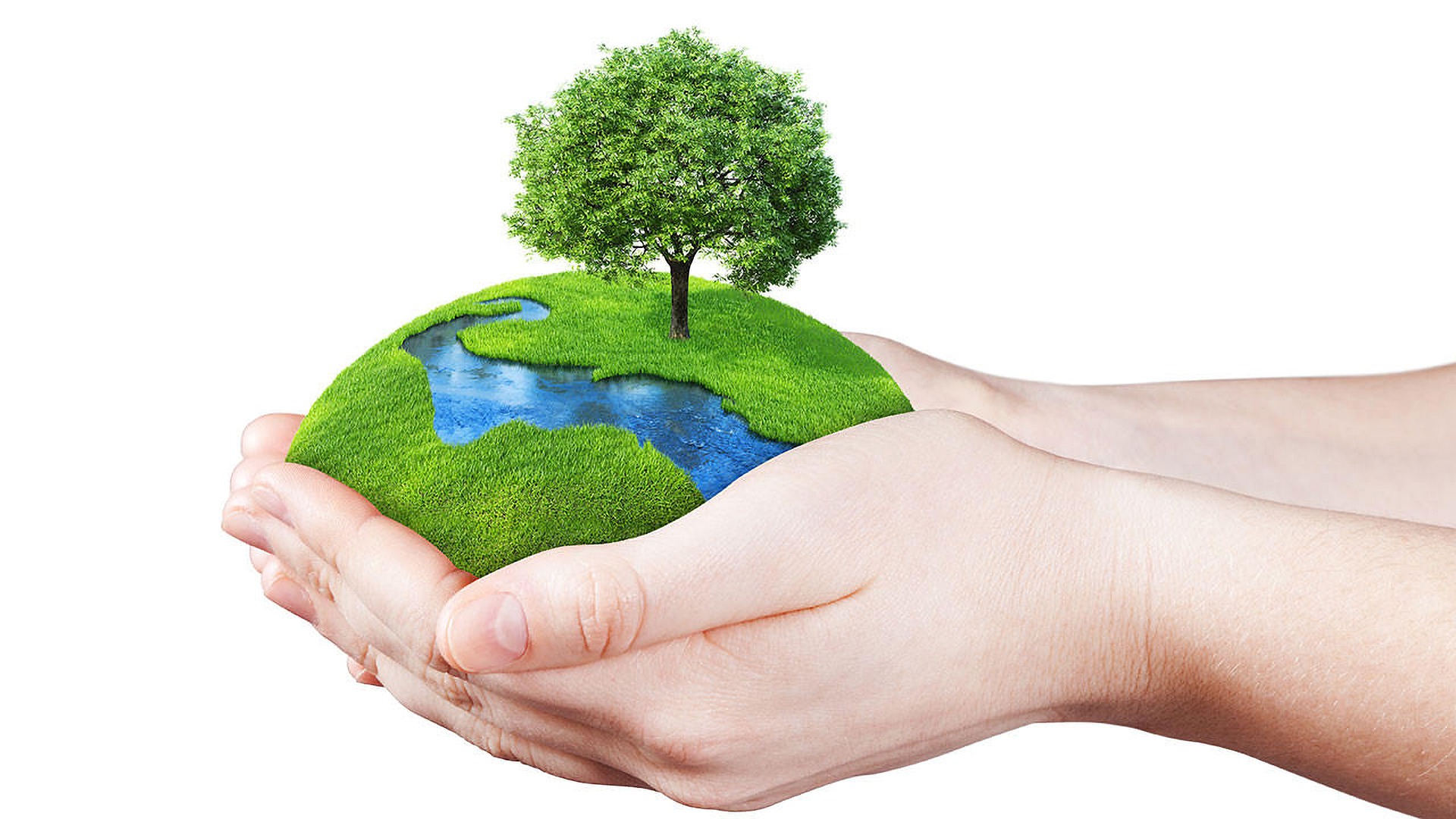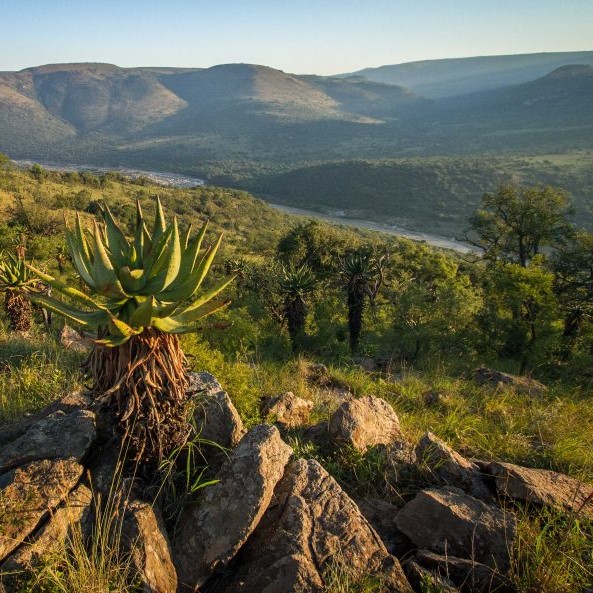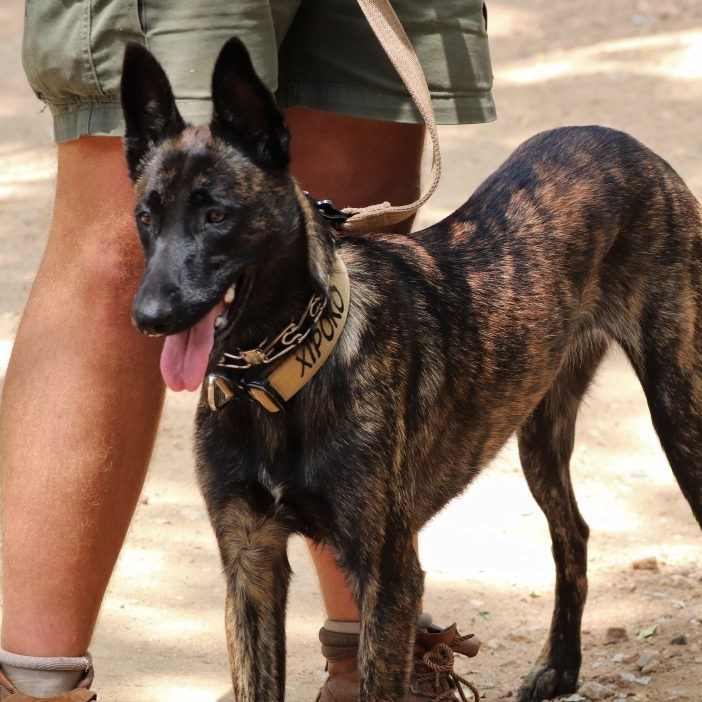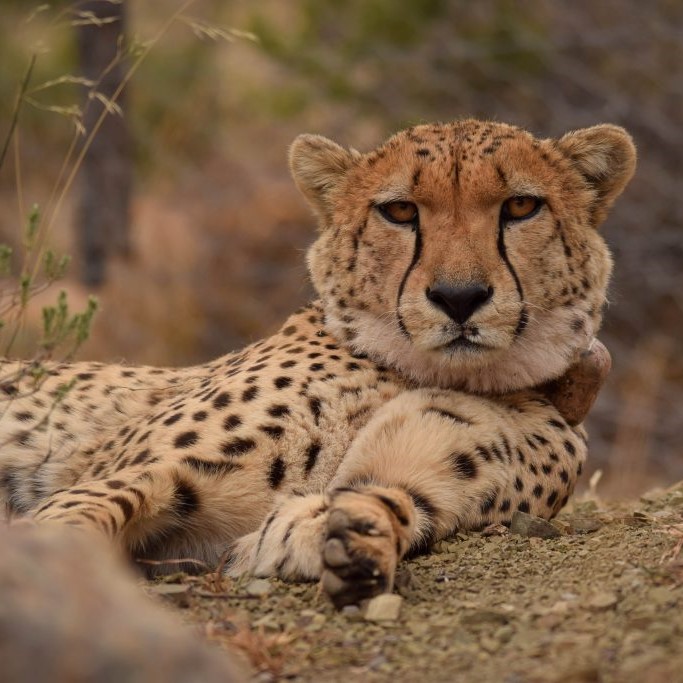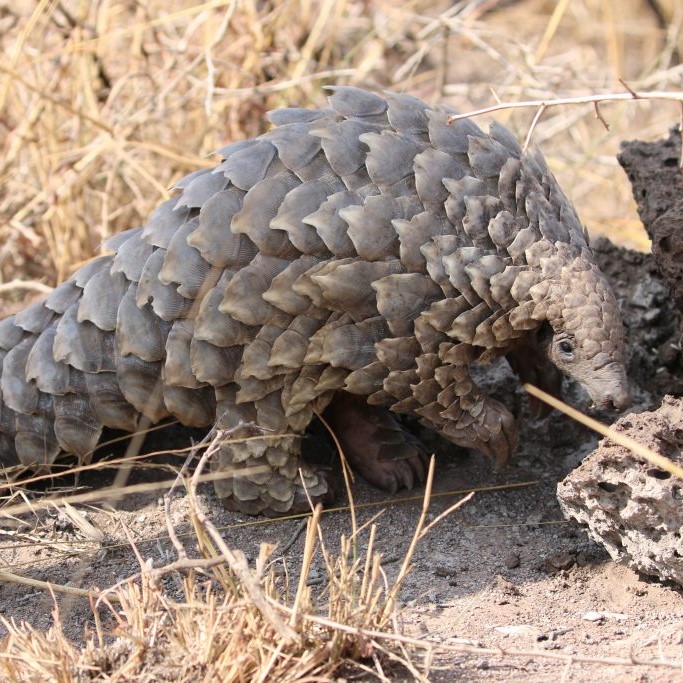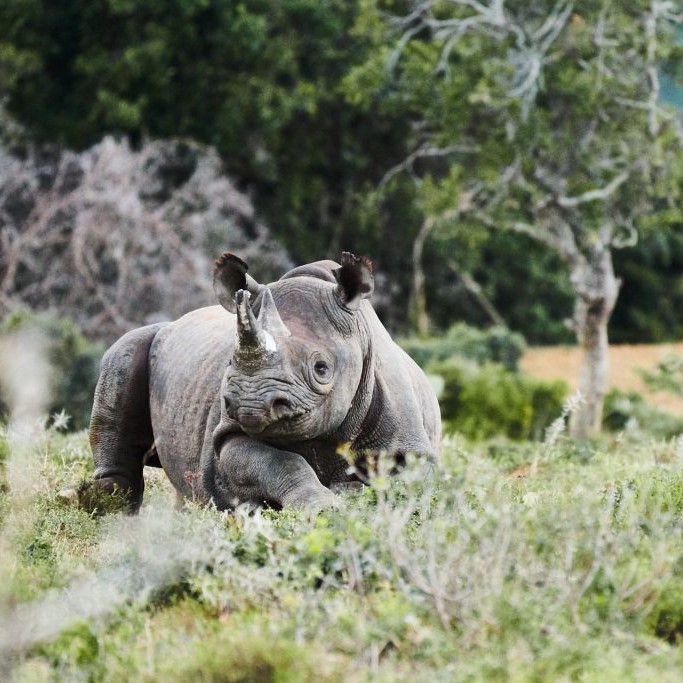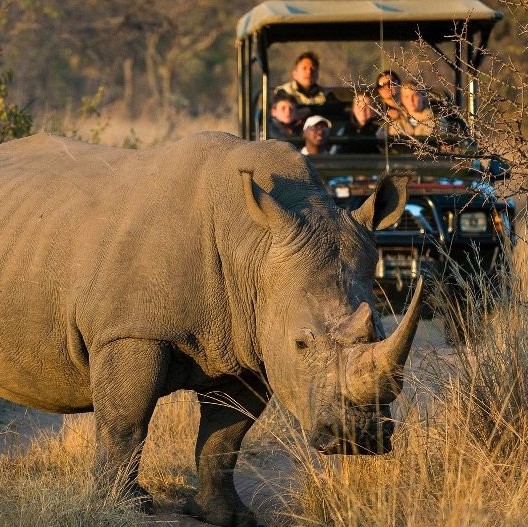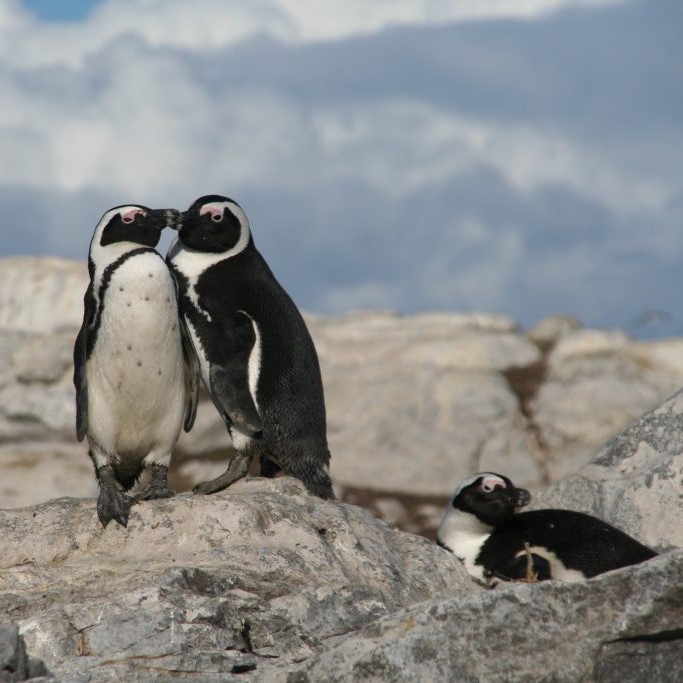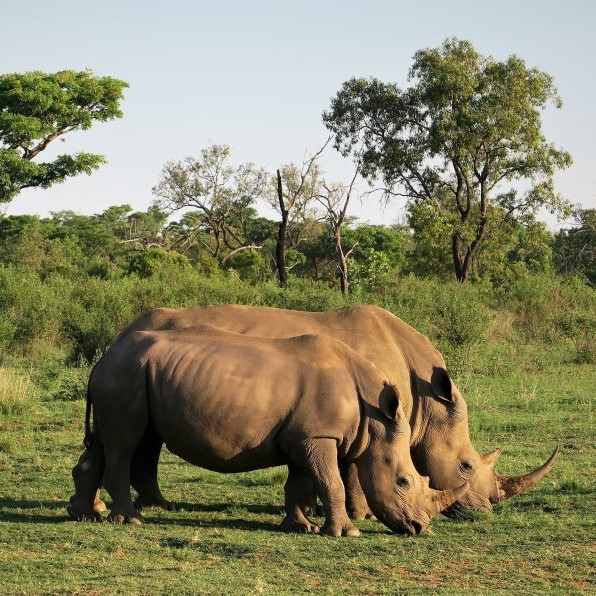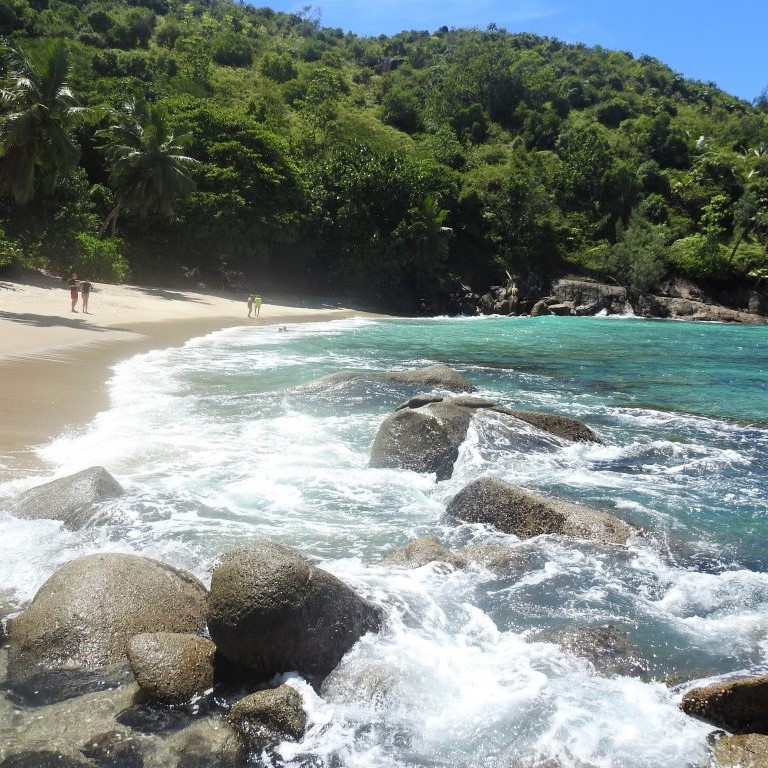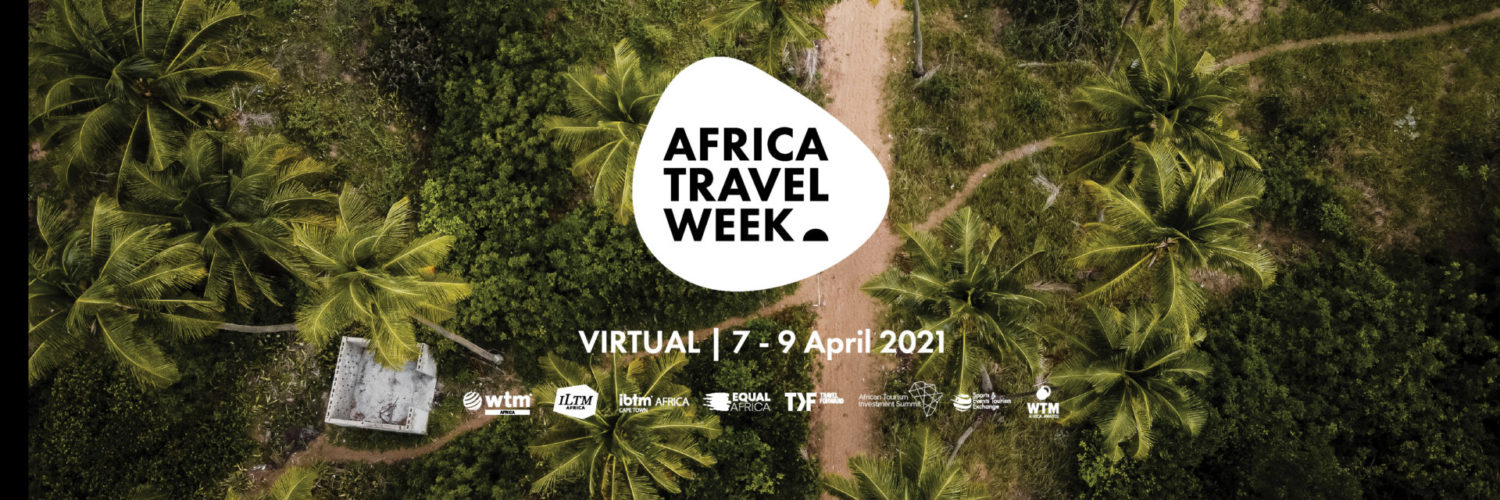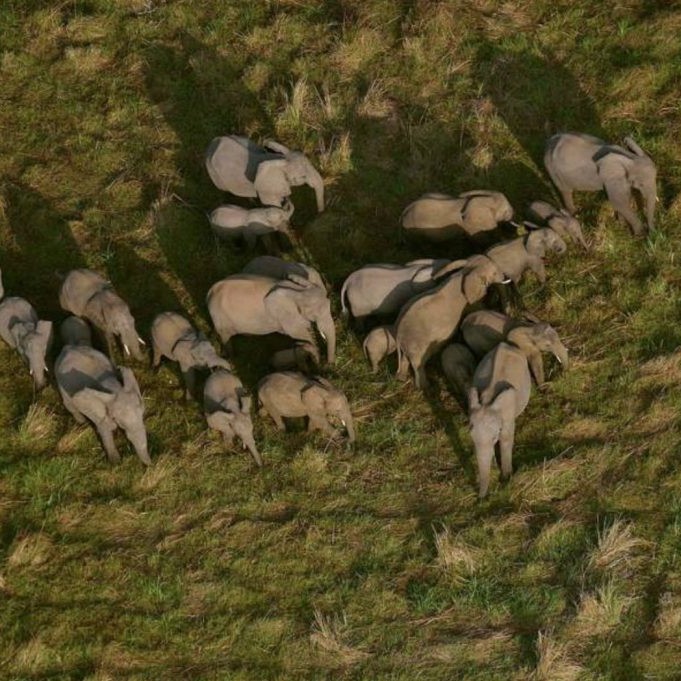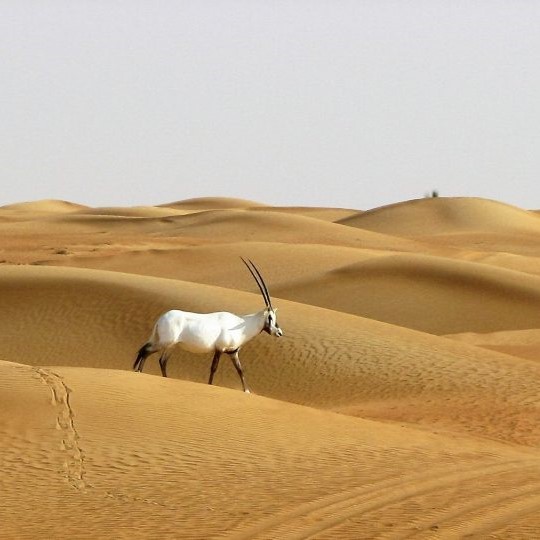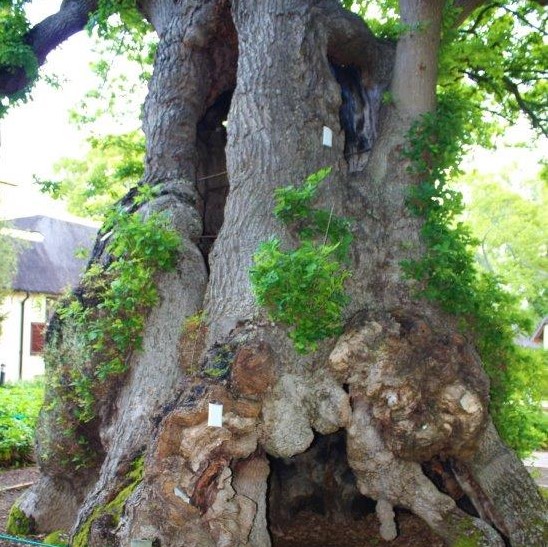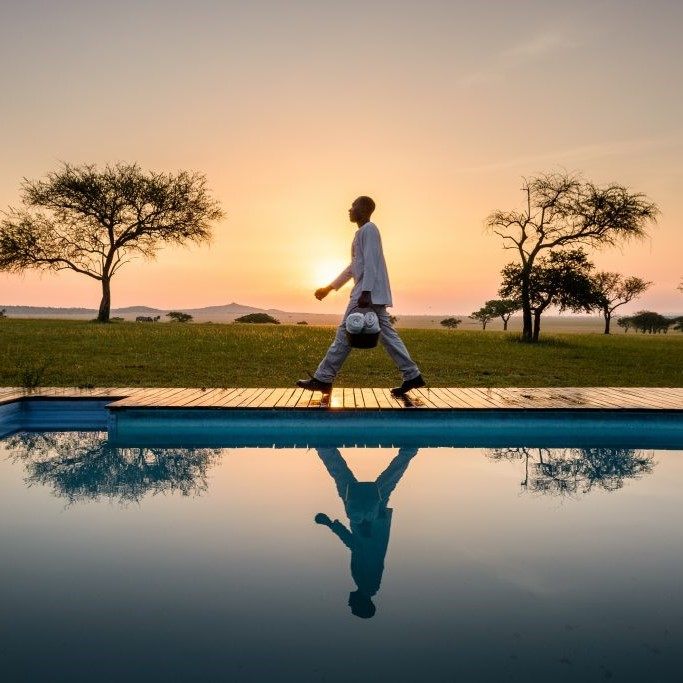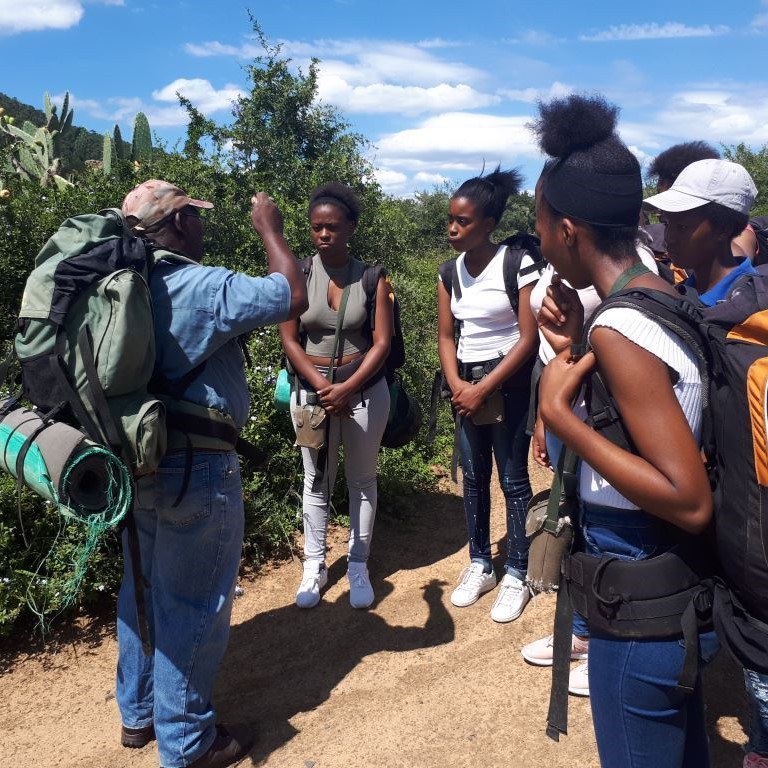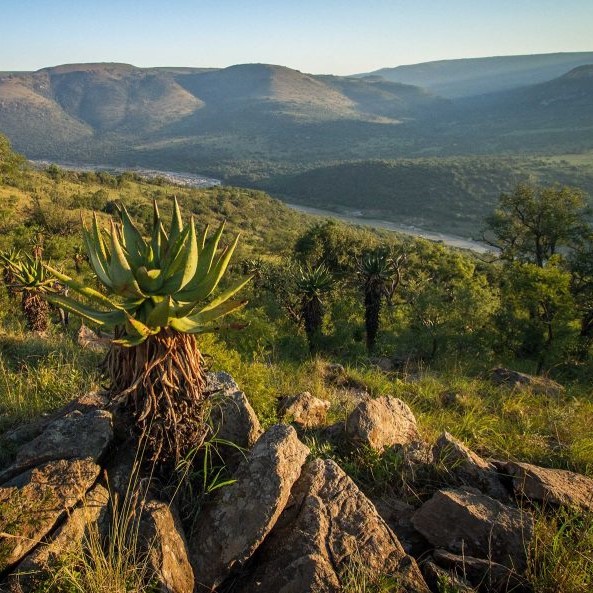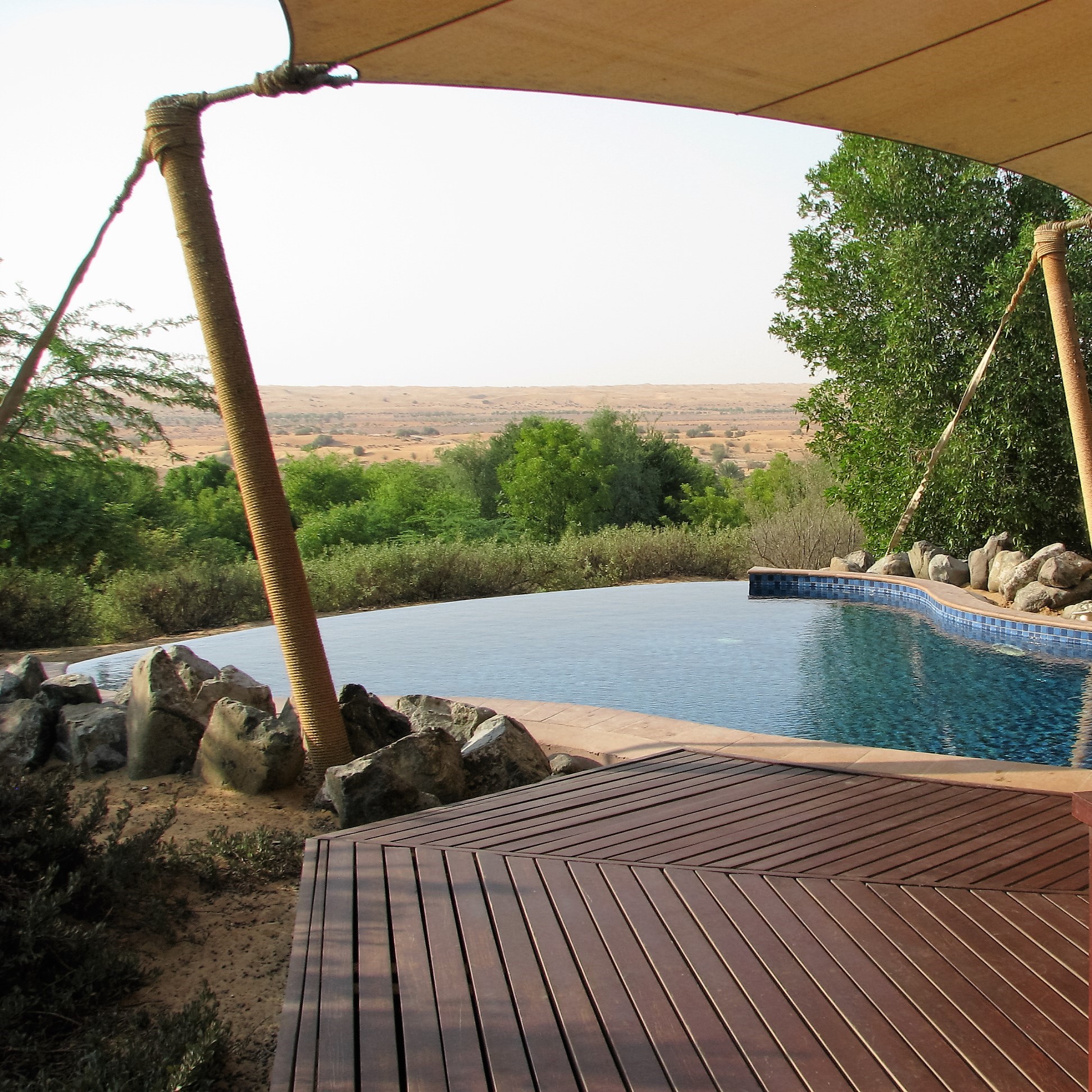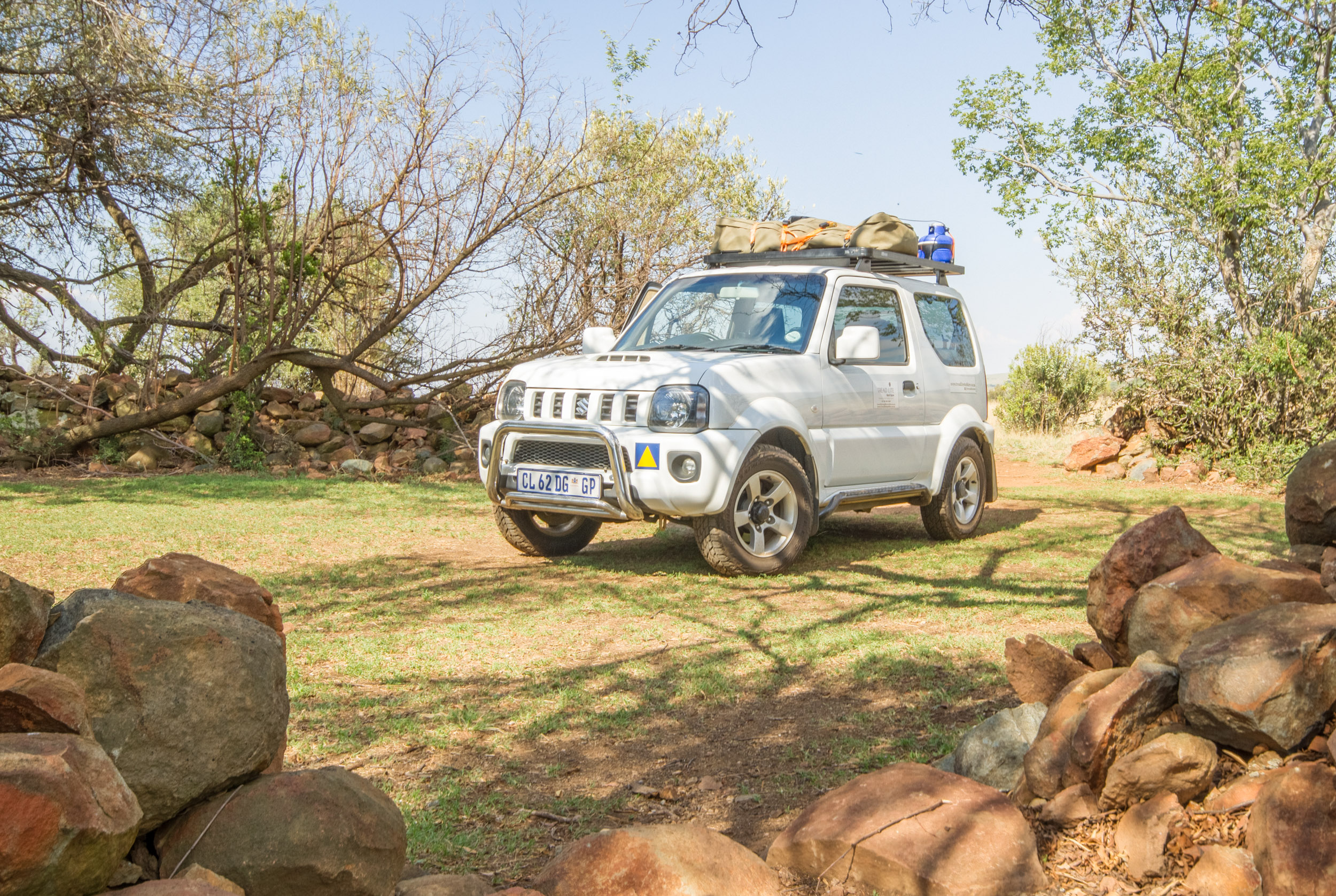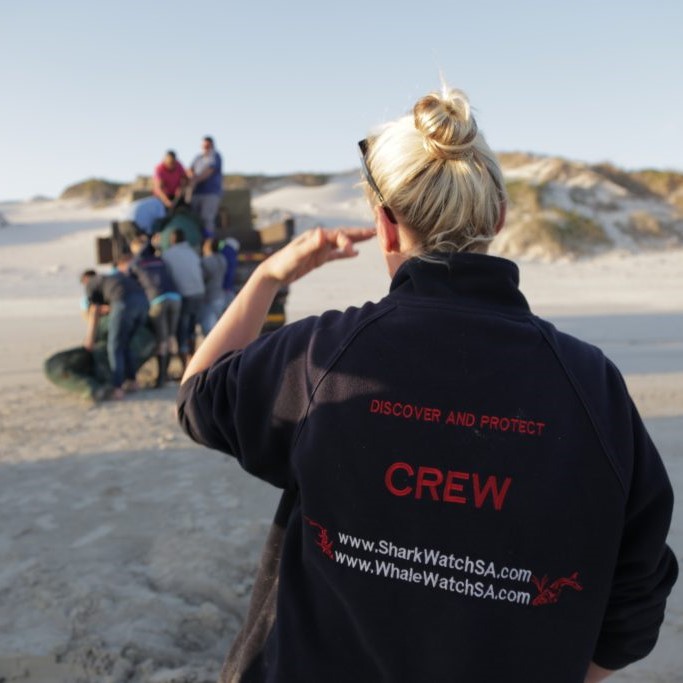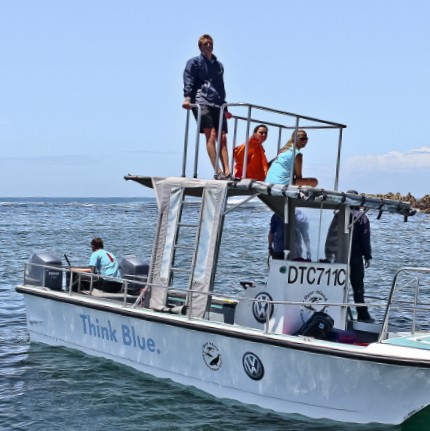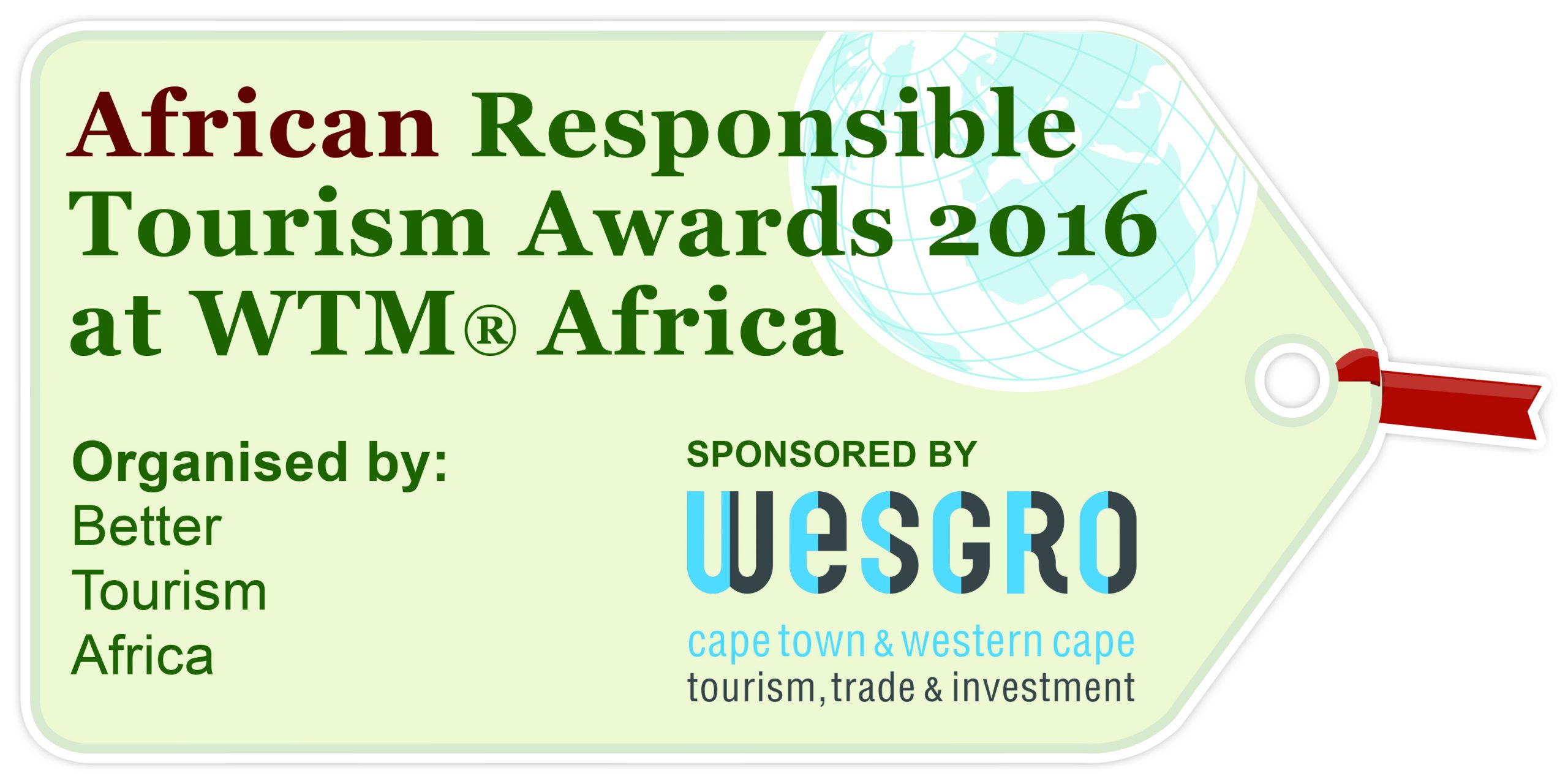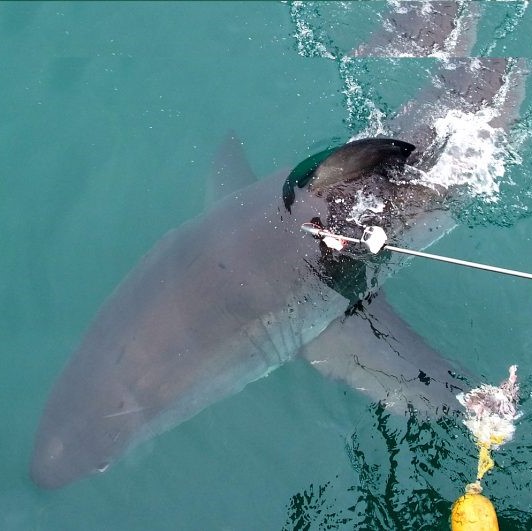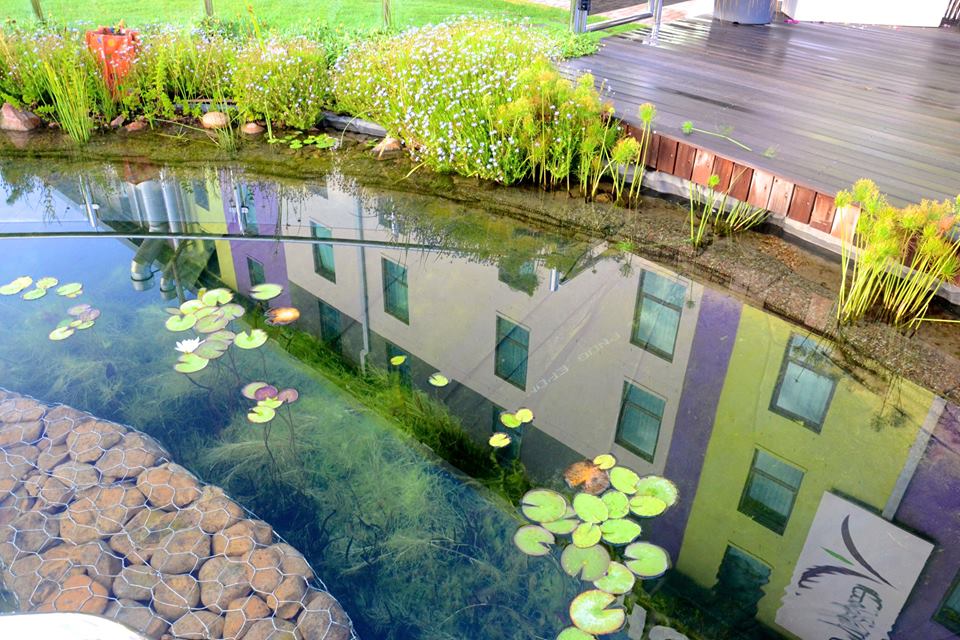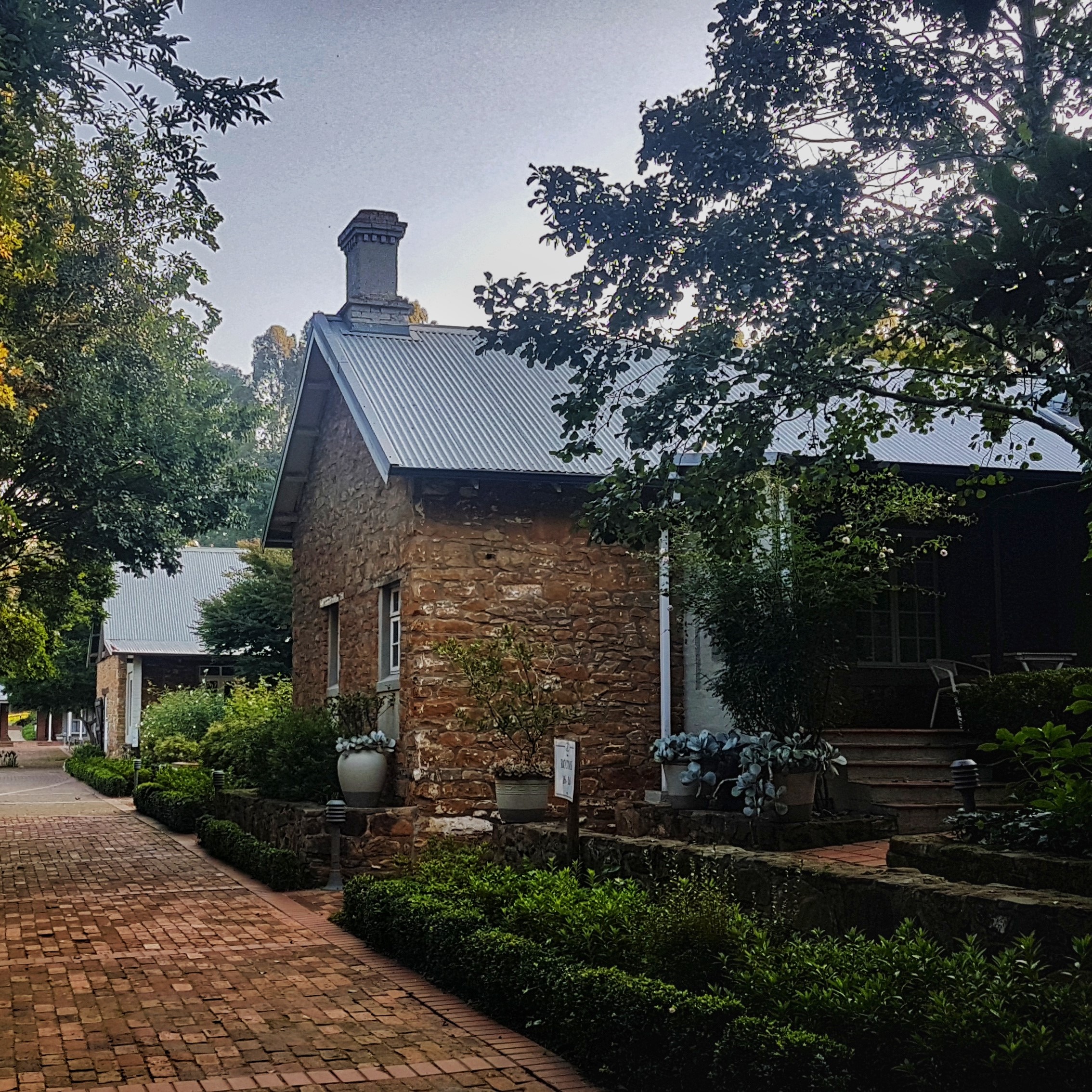- December 5, 2022
- Editor
- 0
Lapalala Wilderness School which is situated in the Waterberg Biosphere has opened a new environmentally friendly campus to expand upon and continue all previous efforts in creating and nurturing future conservation champions and environmental leaders.
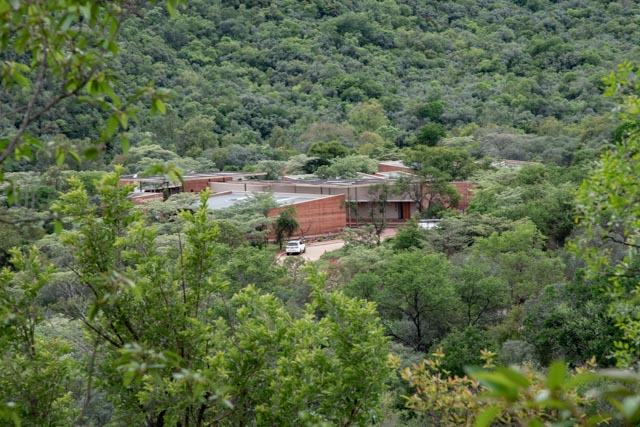
Thirty-seven years ago, an idea became a vision, and that vision became a reality for well-known artist and conservationist Clive Walker and Lapalala founder Dale Parker.
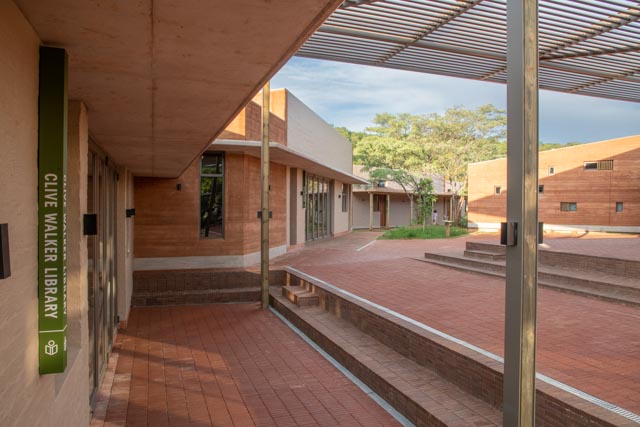
The Lapalala Wilderness School started in 1981 with big ambitions in a tent along the river in the Lapalala Wilderness Reserve.
In 1985 Clive and Conita Walker moved the school to a restored farmhouse on the reserve and formalized it under the auspices of the Wilderness Trust. As it evolved, it became recognized as a centre of excellence in environmental education and has seen tens of thousands of learners, students and teachers enriched by their time at the school. Not resting on the laurels of its stellar reputation, the school still has big ambitions.
Thirty-seven years on, School Director, Mashudu Makhokha says “Our vision is still to teach young people the concepts of conservation, ecology, the protection of wild creatures, wild landscapes and the natural
resources of our environment. Lapalala Wilderness School is an educational institution like no other. It uses the total environment as its classroom to deliver learning which has the potential to create lasting change in both learners and the world in which they live.”
On 26th November 2022, The Lapalala Wilderness School officially opened its superb new facility. Leading by example, the new school has been awarded a Net Zero Certification from the Green Building Association of South Africa. This ECO BUILD used locally sourced bricks, roof sheeting and locally sourced Human capital for the green economy.
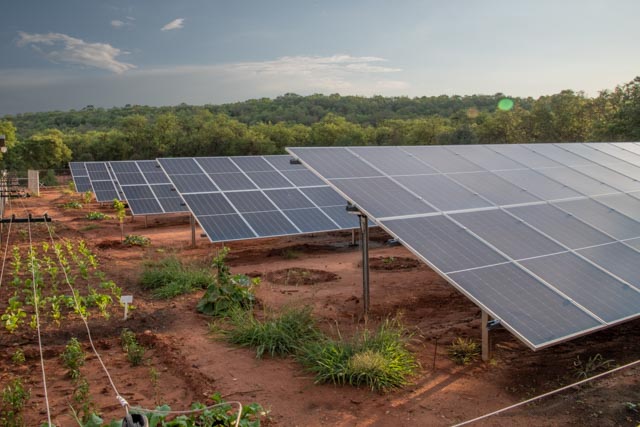
Aesthetically appealing are the environmentally friendly rammed earth walls. Fire, water, mound and termite resistant, they have high thermal properties and are efficient at reducing noise.
The school compound is totally off the national grid and uses an integrated solar power system with hybrid and battery inverters. Two boreholes provide water to the school, and rainwater is harvested into
tanks. Wastewater is collected, treated and reused where appropriate.
The school layout and design have a minimal impact on the natural beauty they inhabit and have succeeded in efficiently using space and energy. The student and staff areas provide privacy but are cleverly connected via common areas, pathways and open functional spaces.
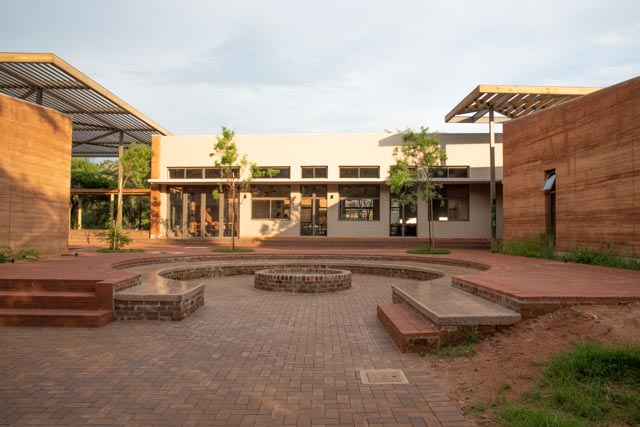
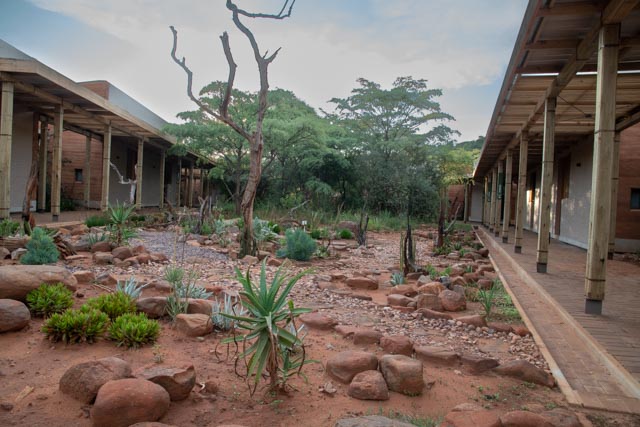

The curriculum has evolved over the years to be relevant in today’s world. Teachers learn how to integrate environmental issues into the South African curriculum, and children learn practical skills they can apply in
their communities.
At Lapalala Wilderness School, the Outreach Program instils an appreciation and love of nature via interpretive river walks, game drives, stargazing, spoor identification, and informative conservation and wildlife talks.
Practical skills include creating food gardens, beekeeping, tree planting, water and energy audits, and how to recycle, repurpose or reuse. The knowledge and skills empower the youth to share what they
have learned and actively make a difference in the global crisis that threatens their future.
Info and images supplied.
